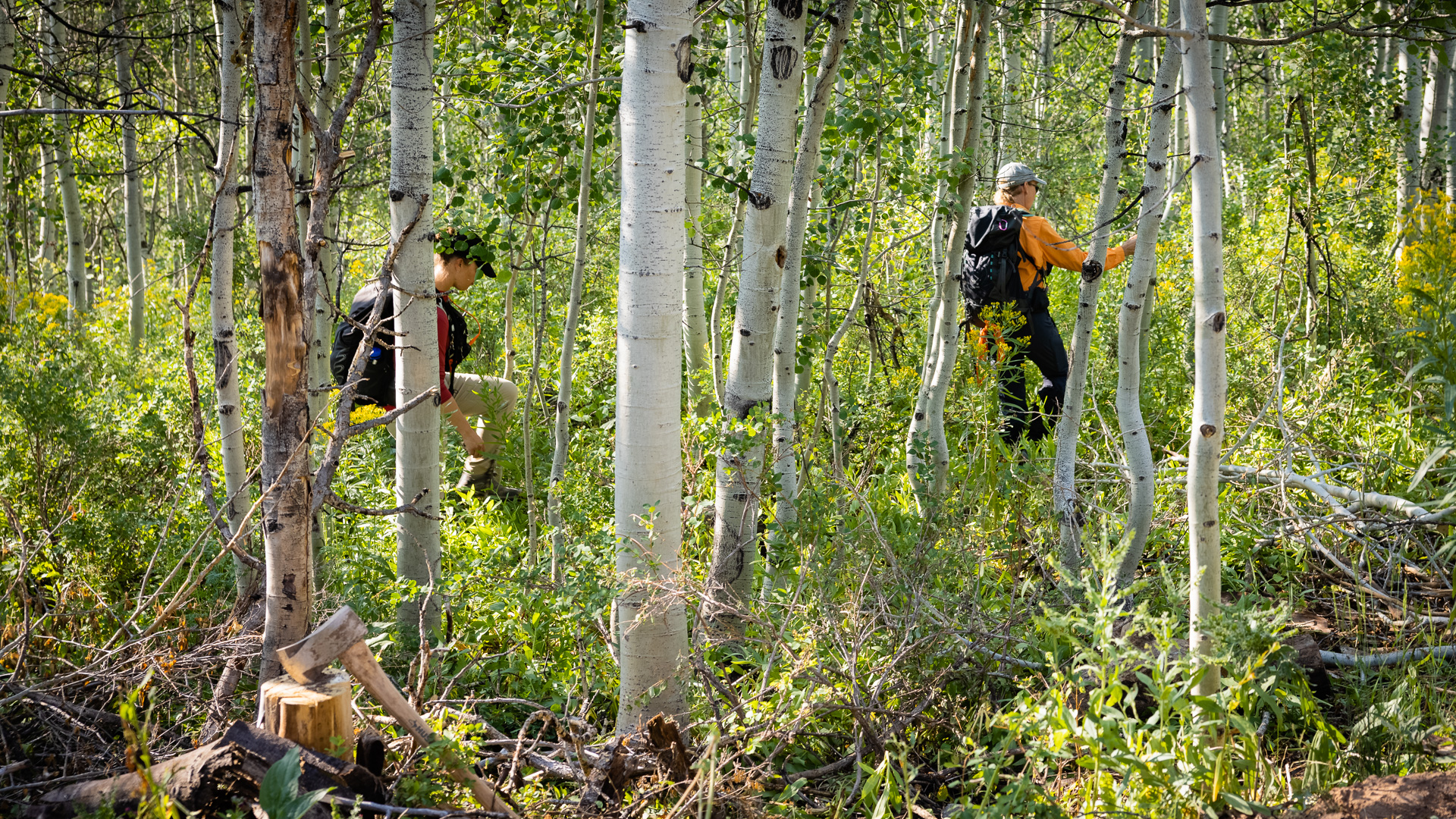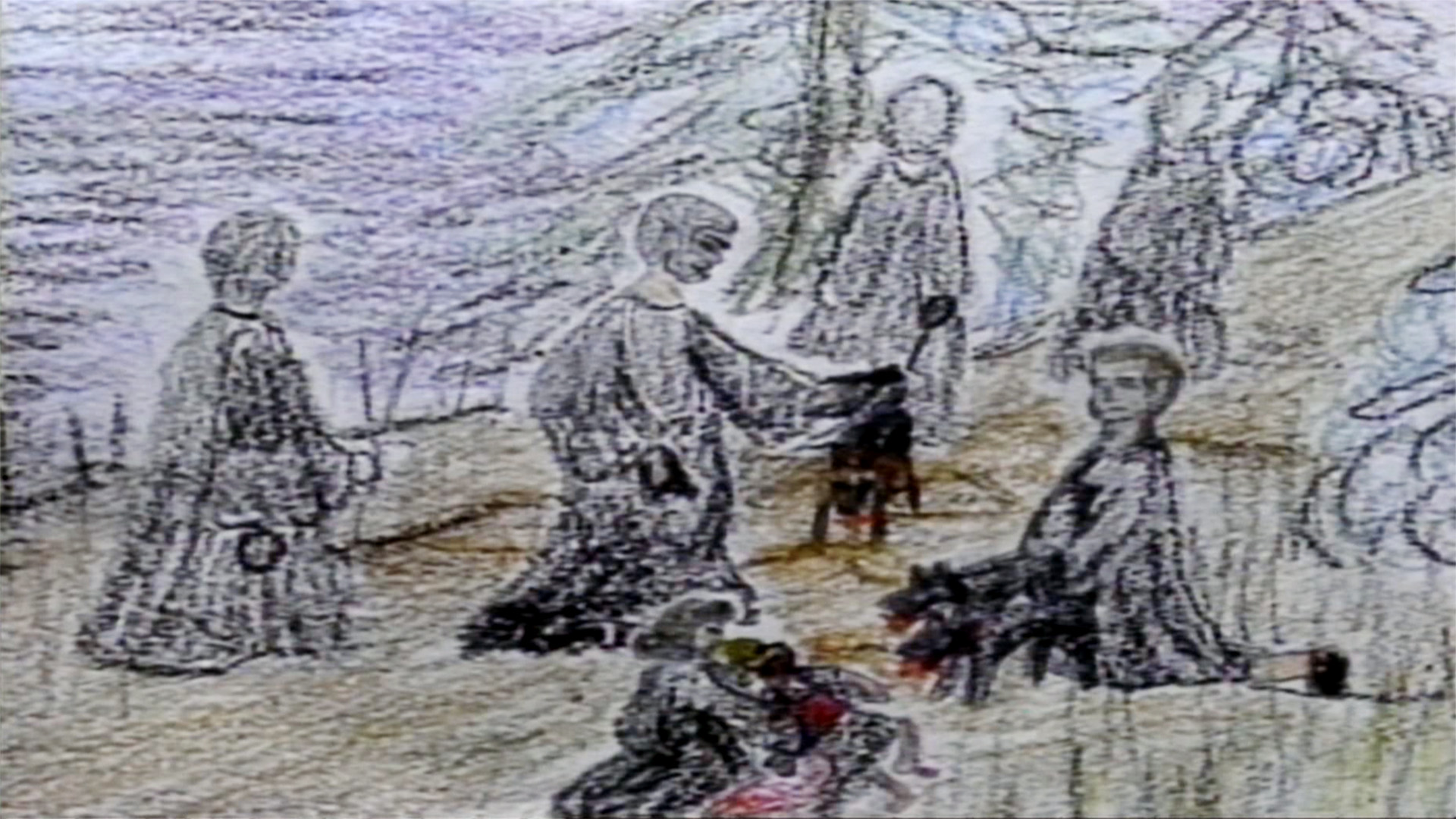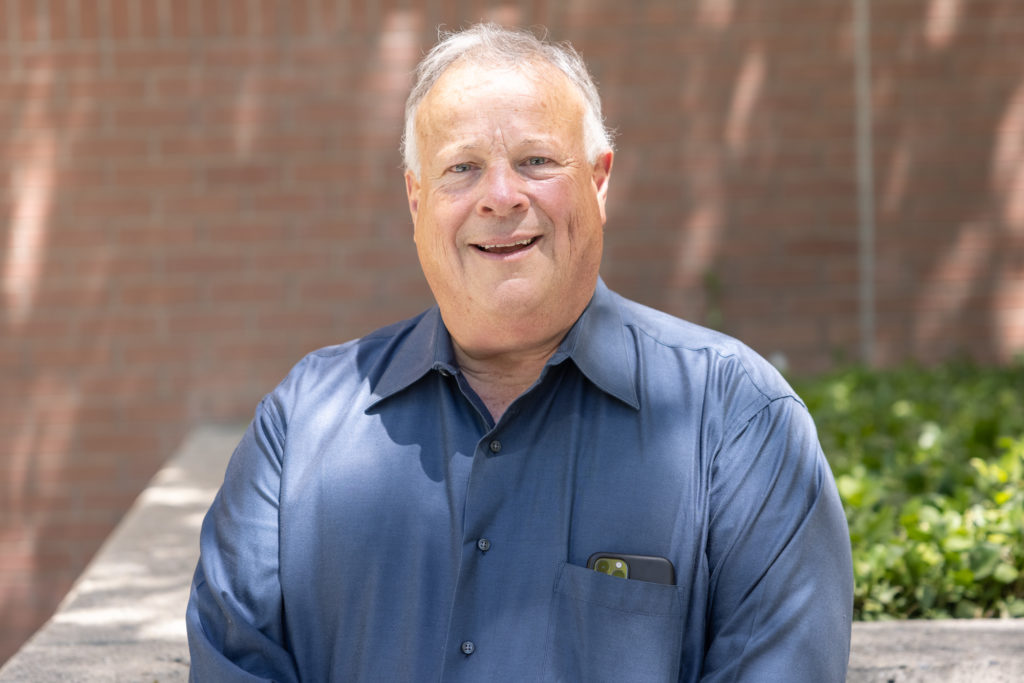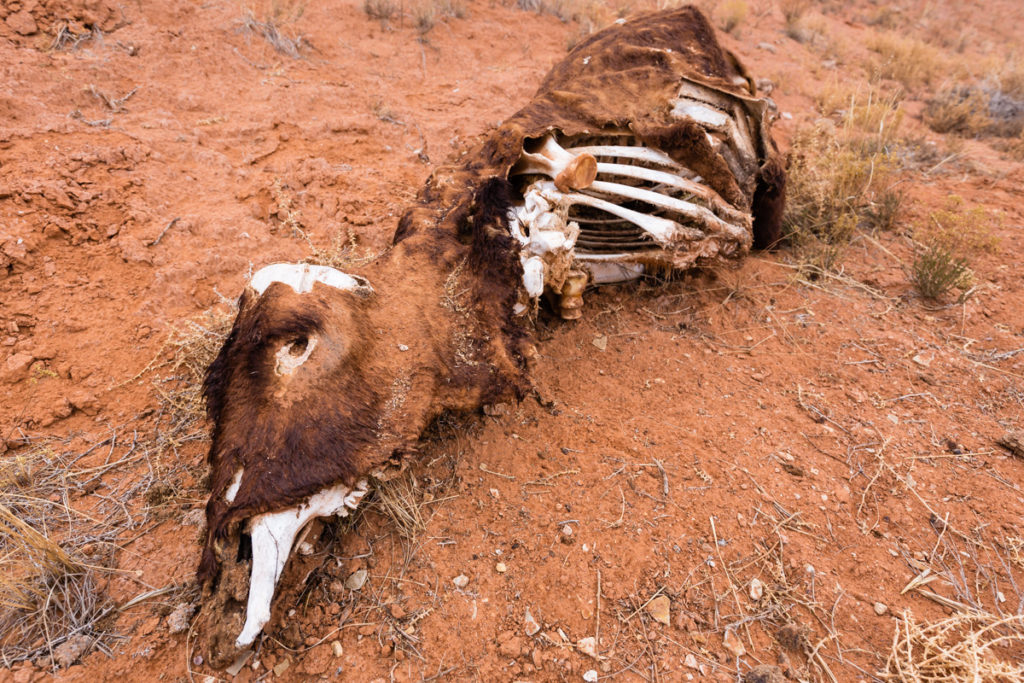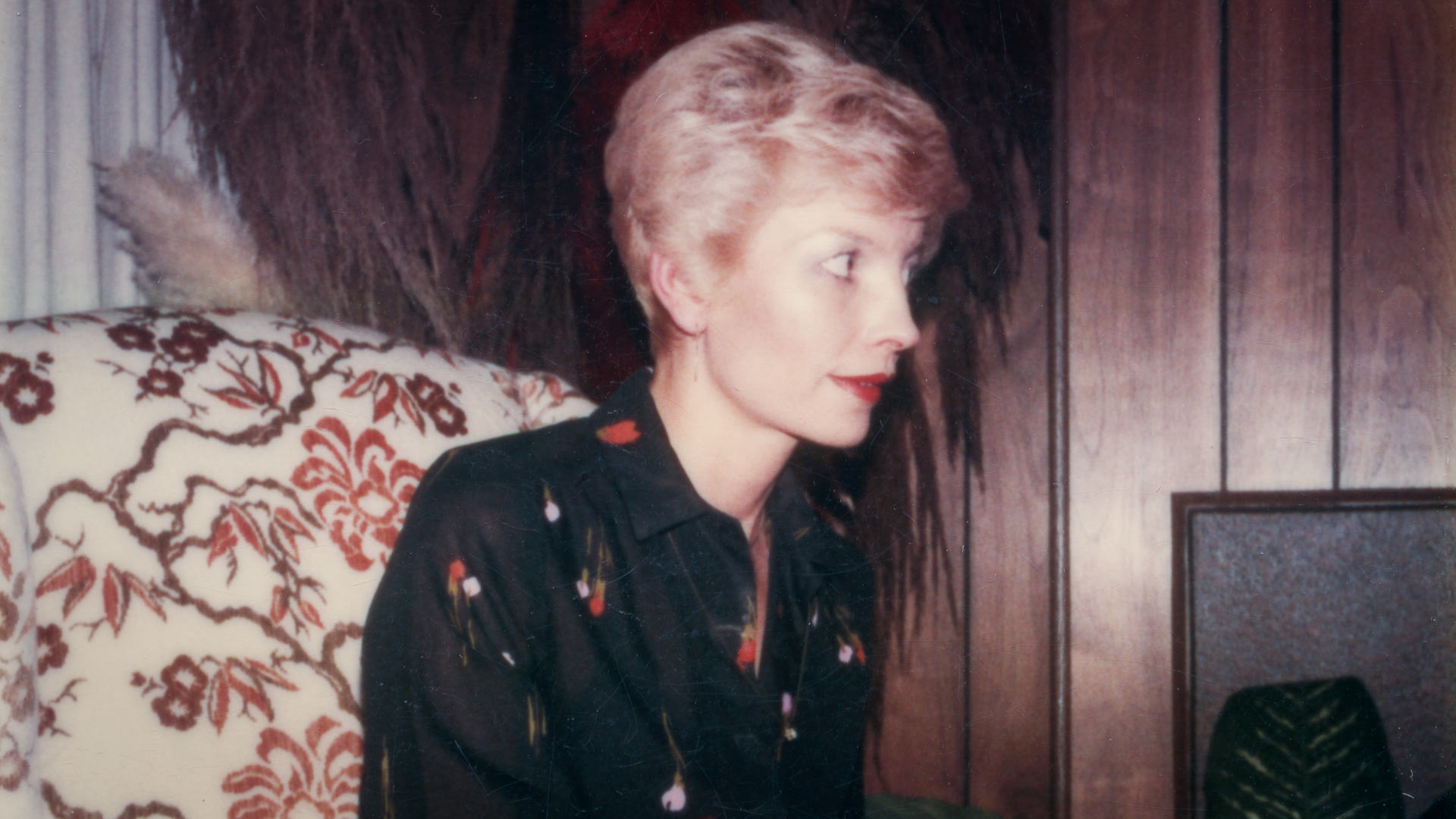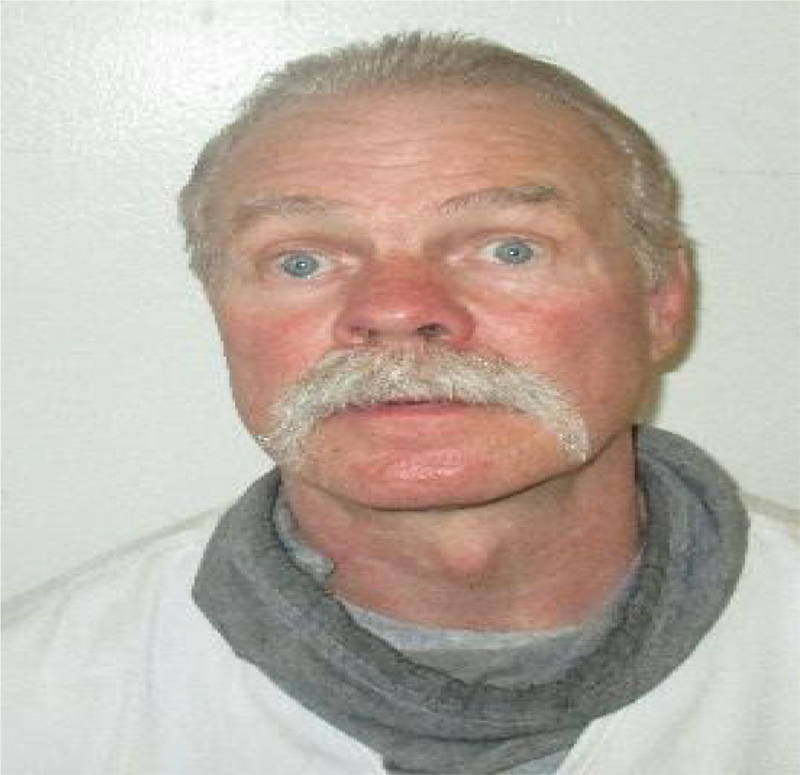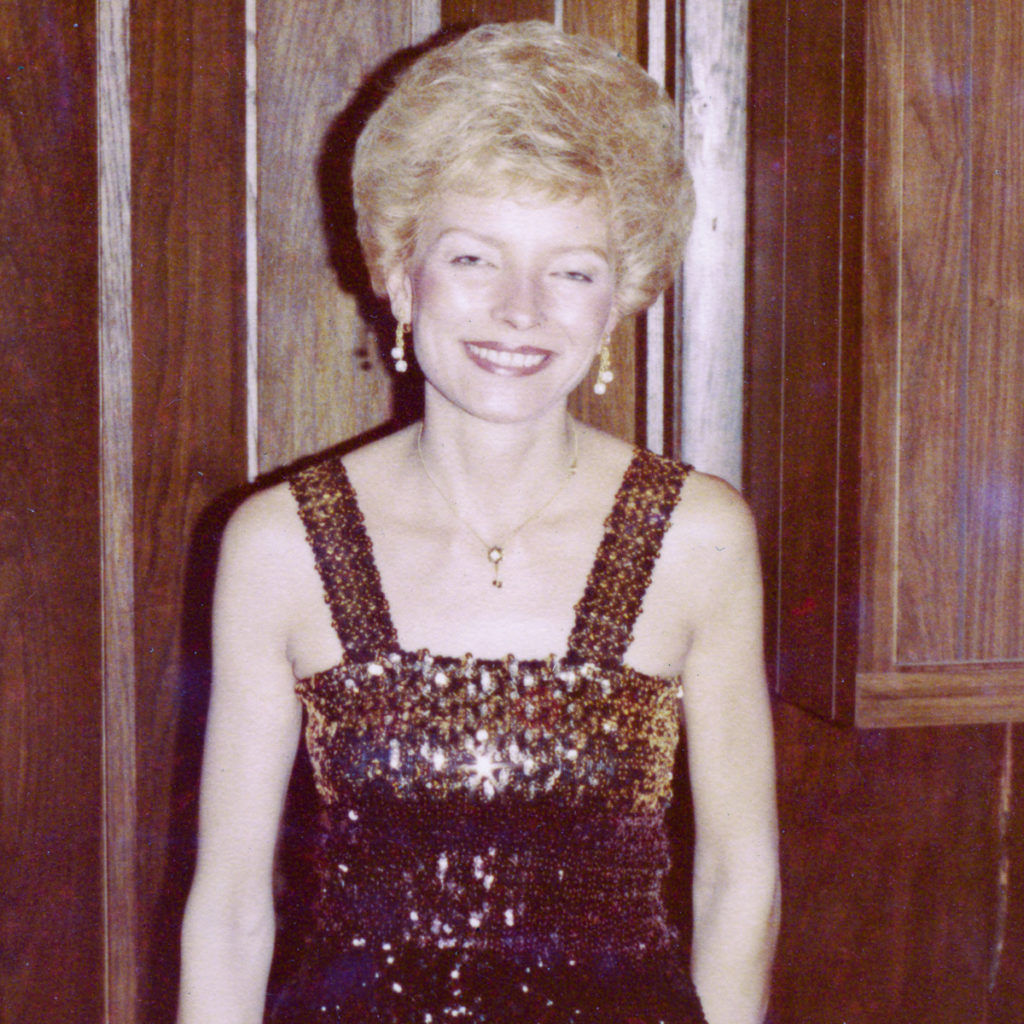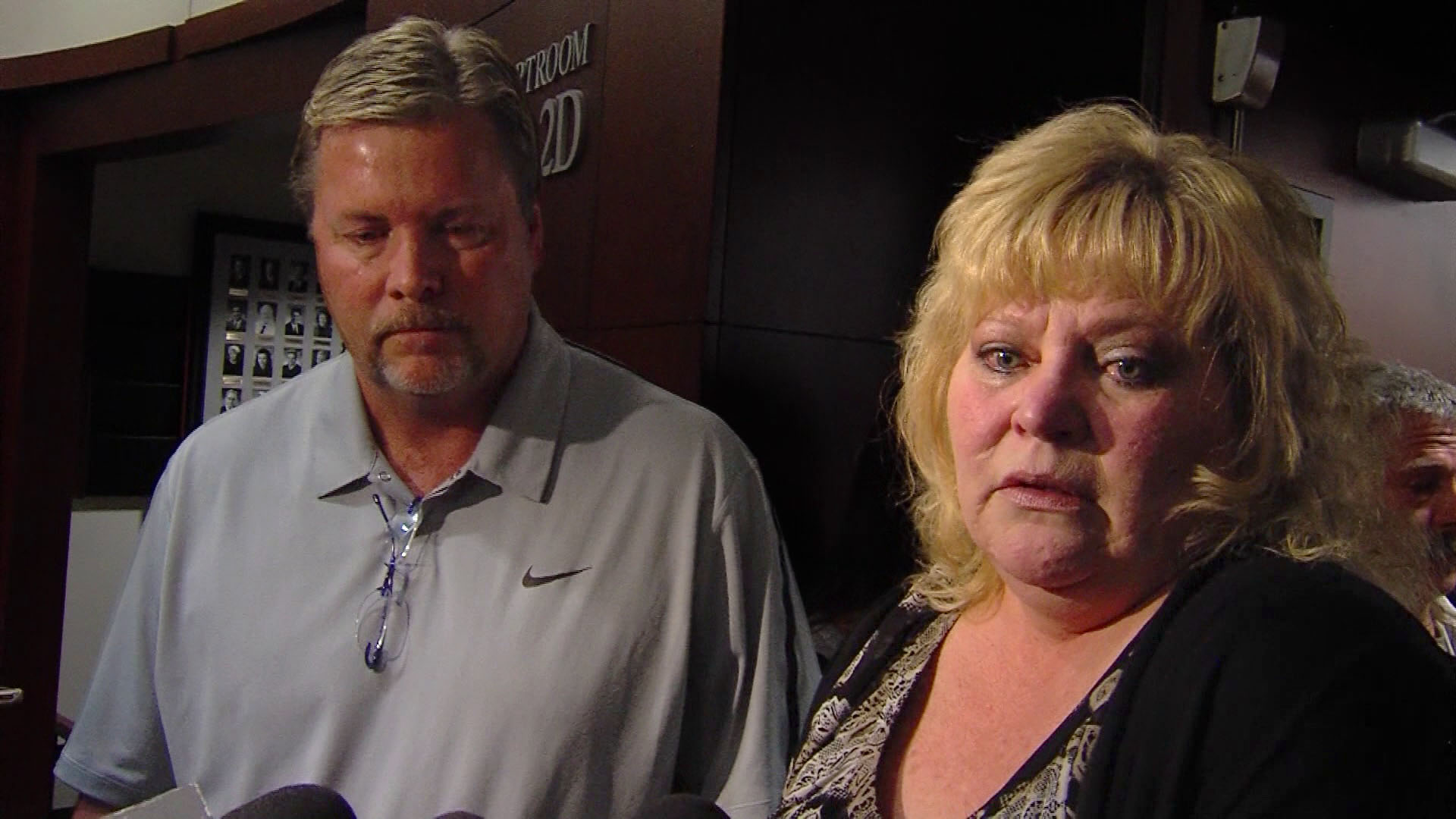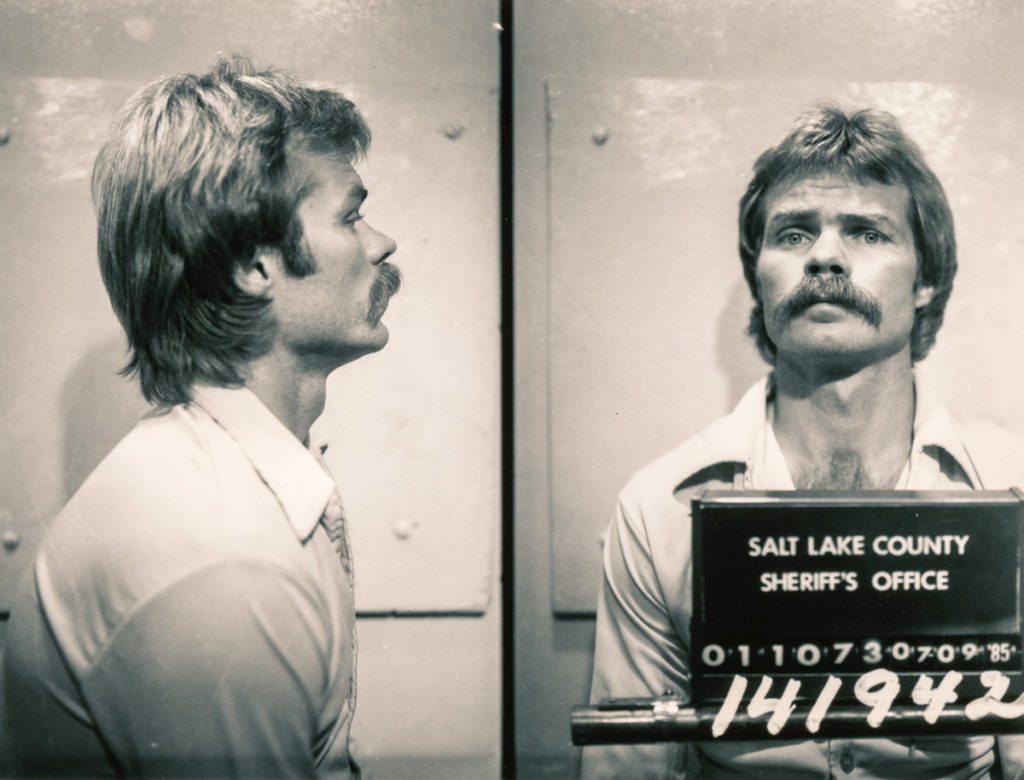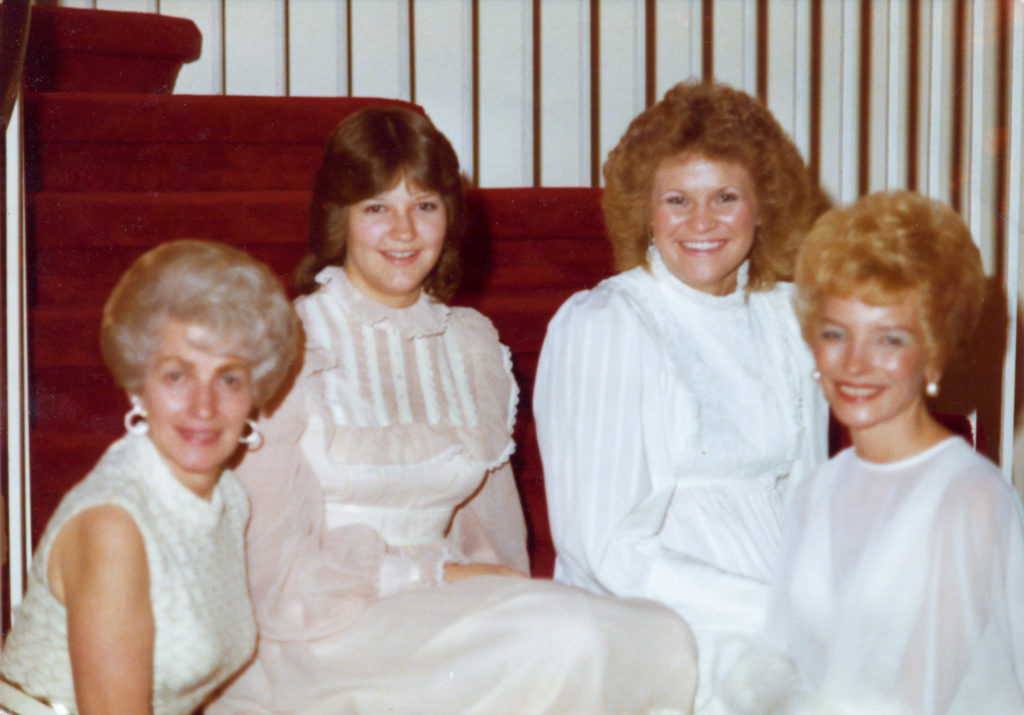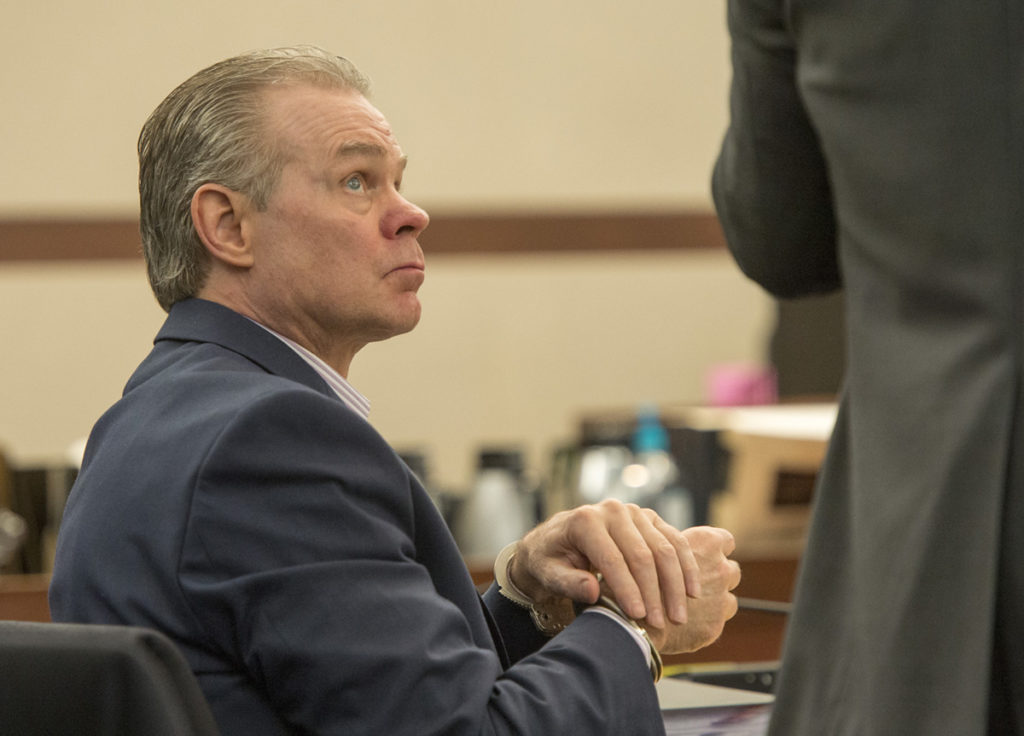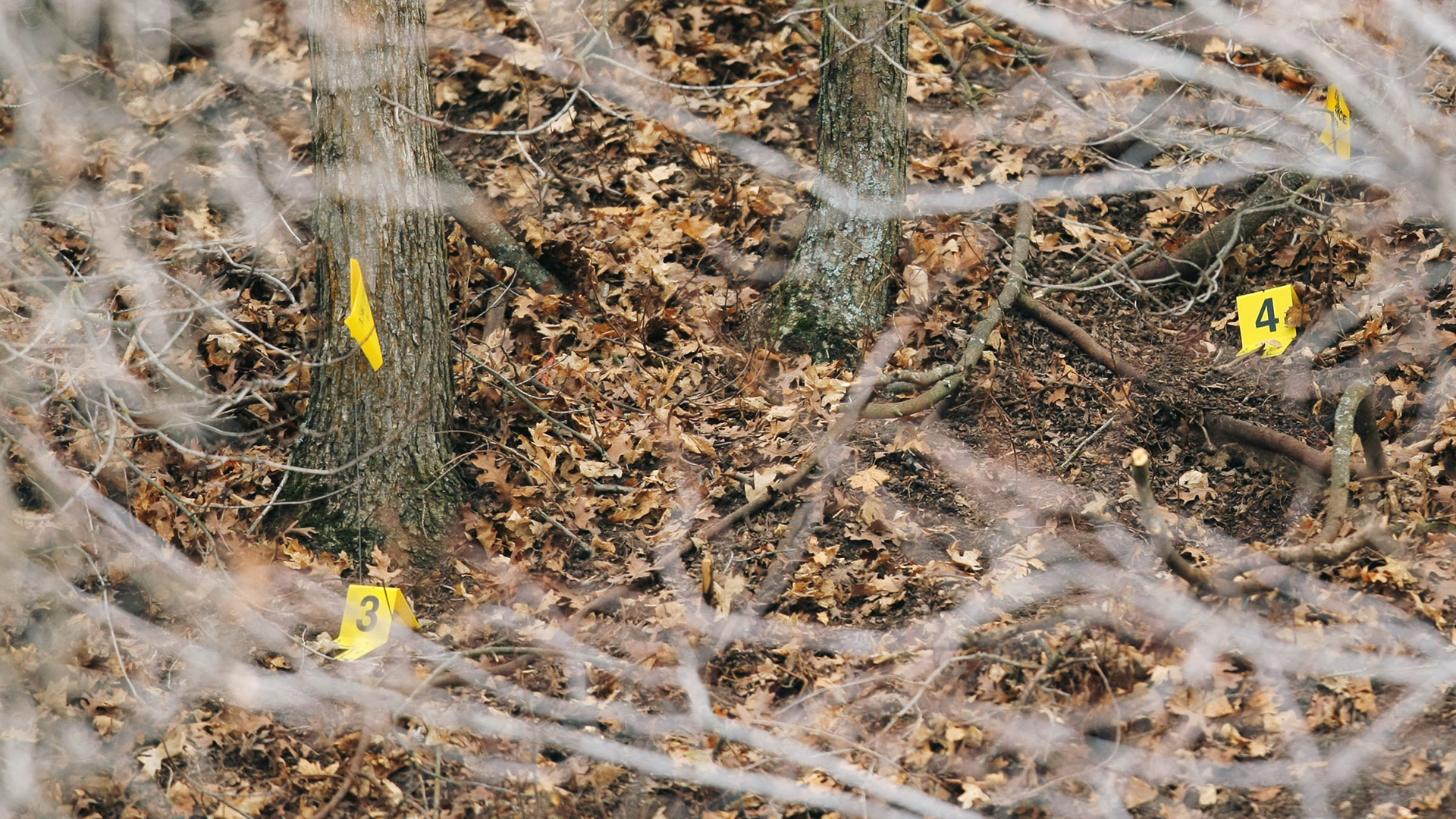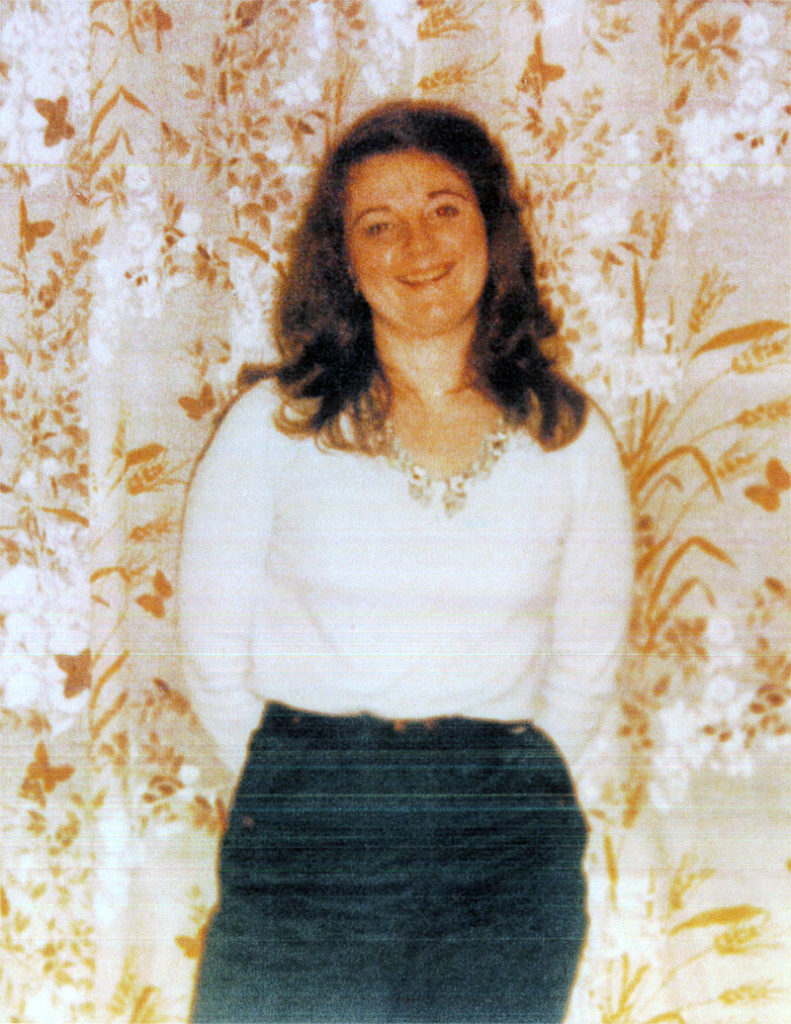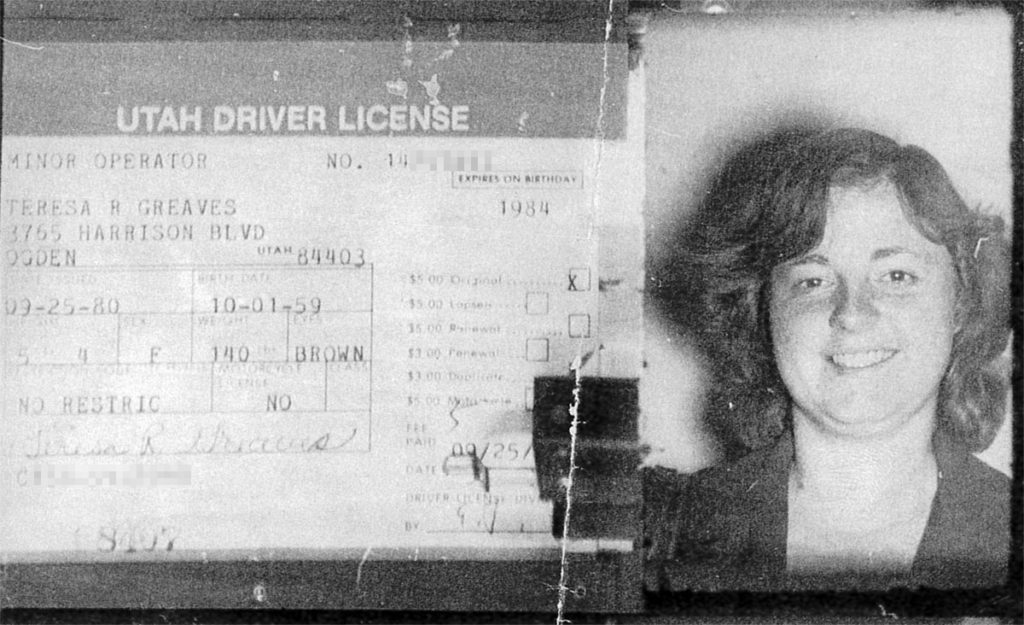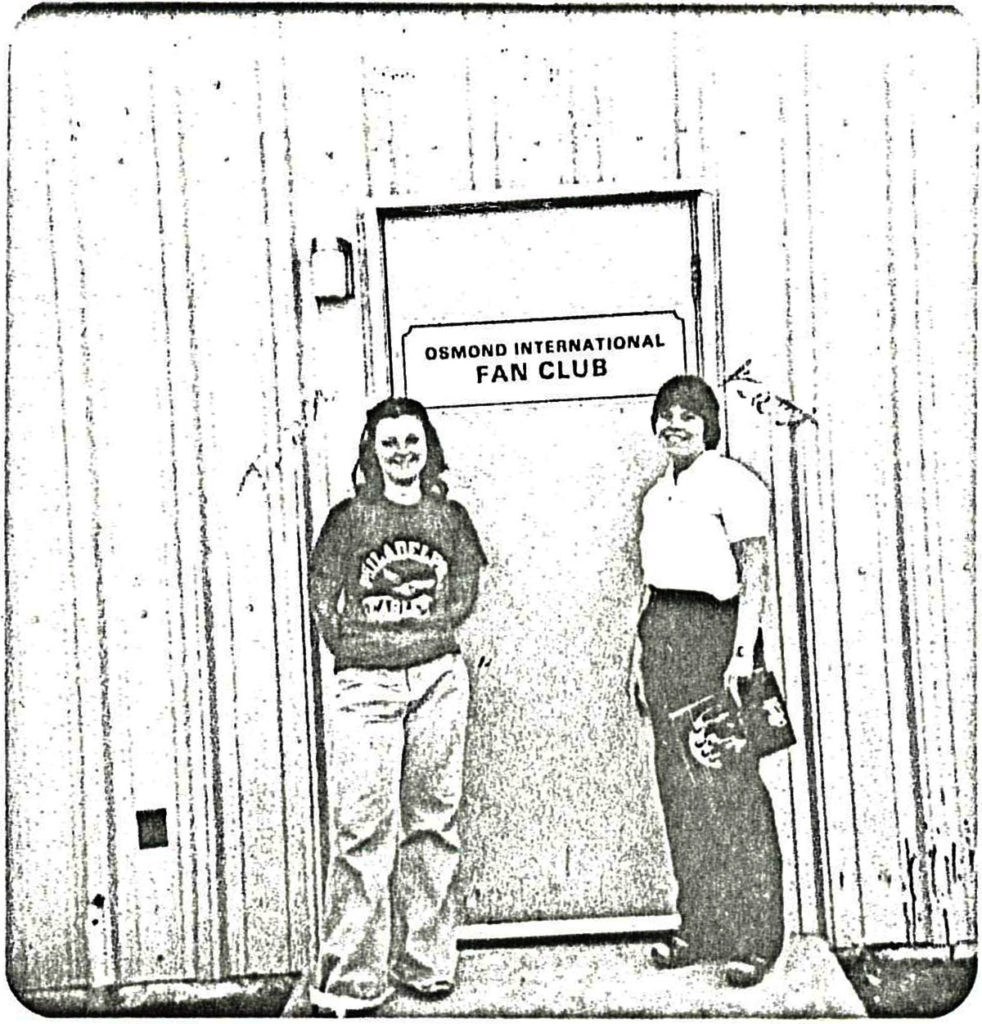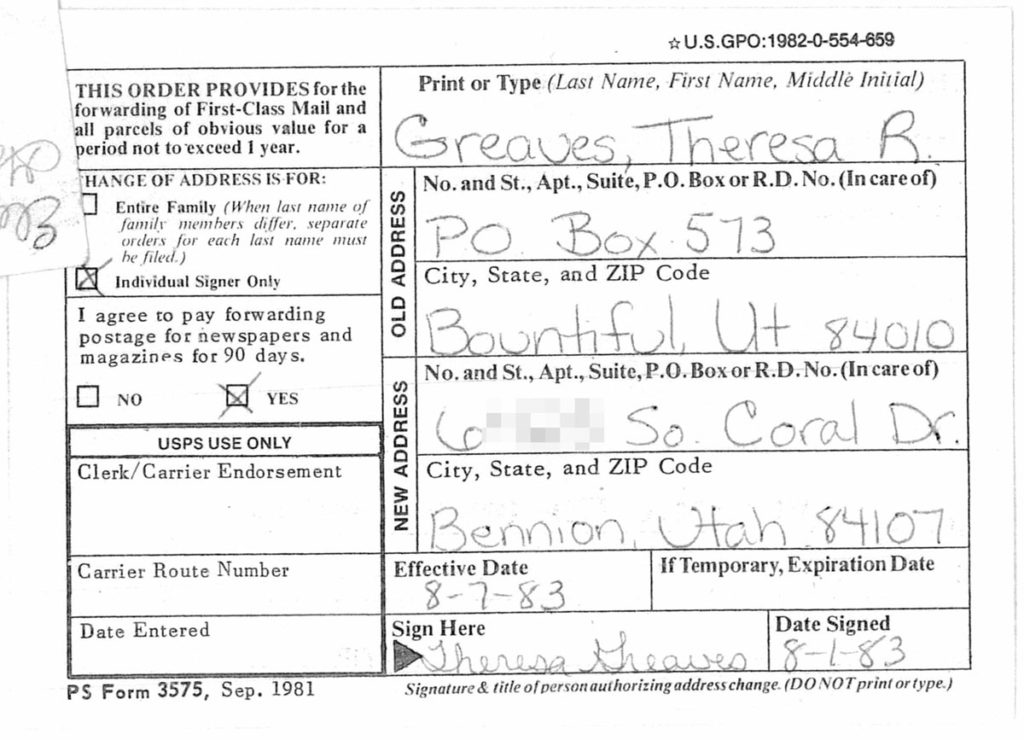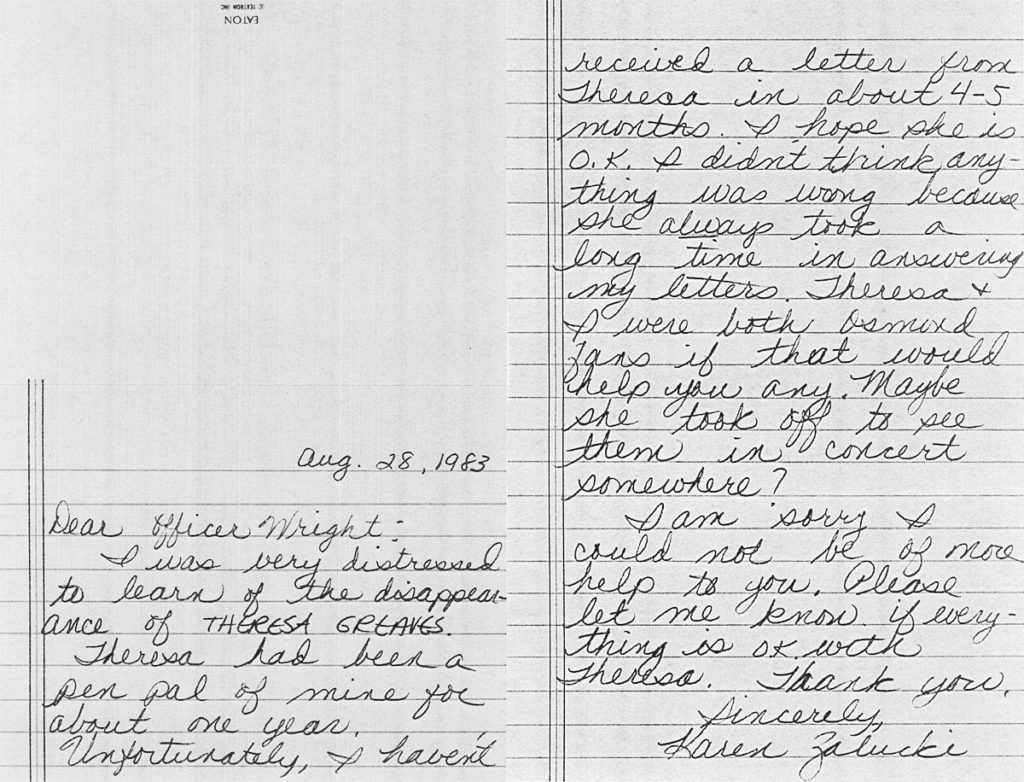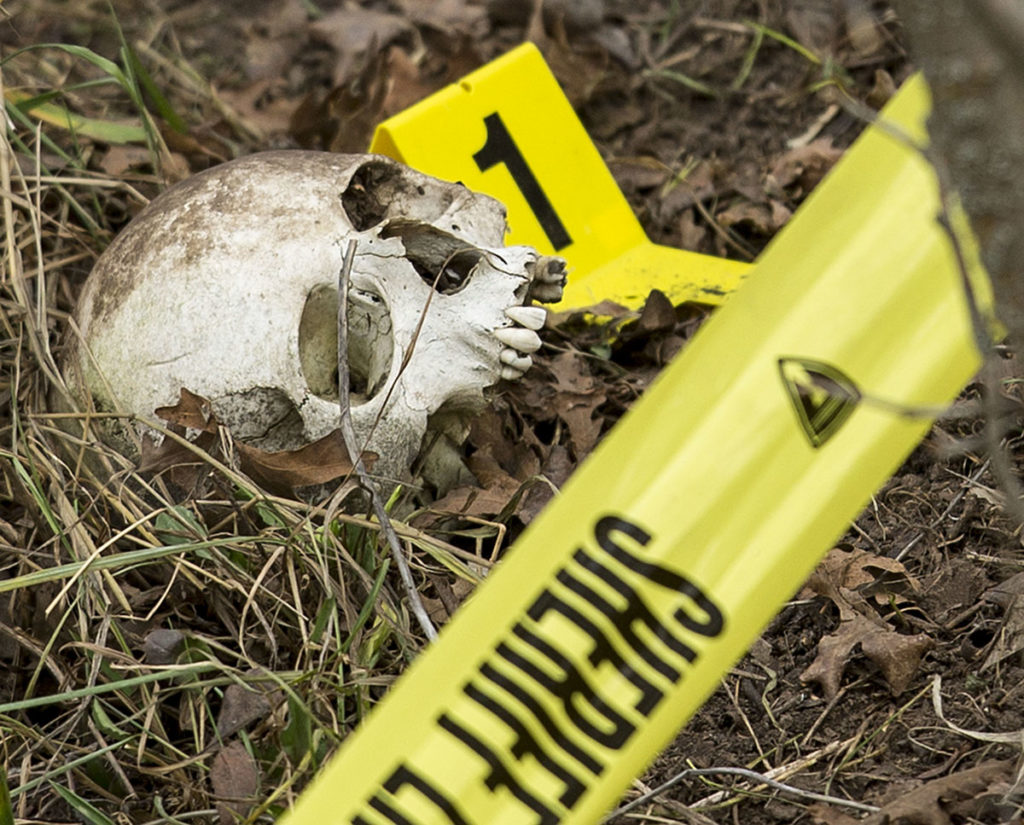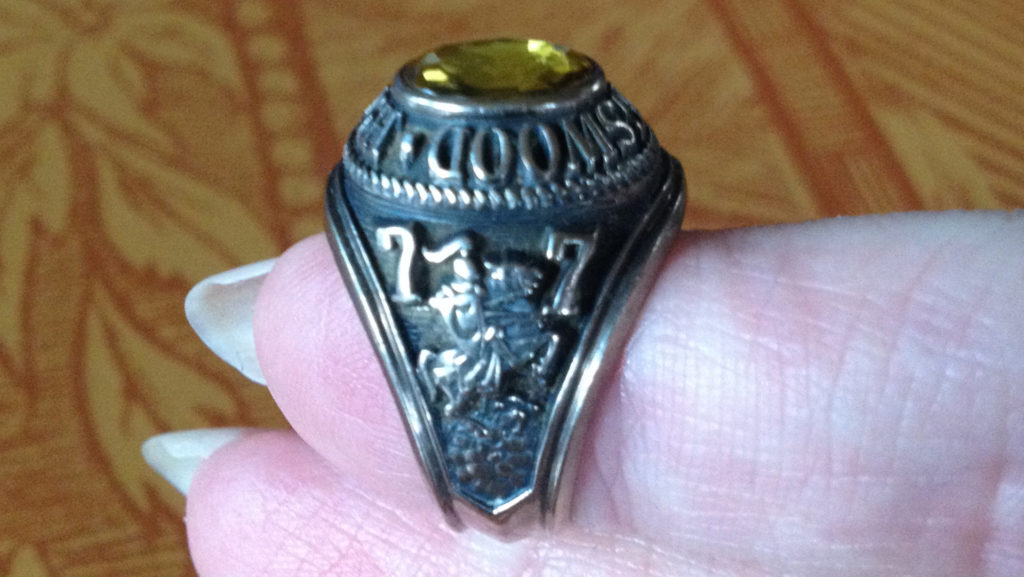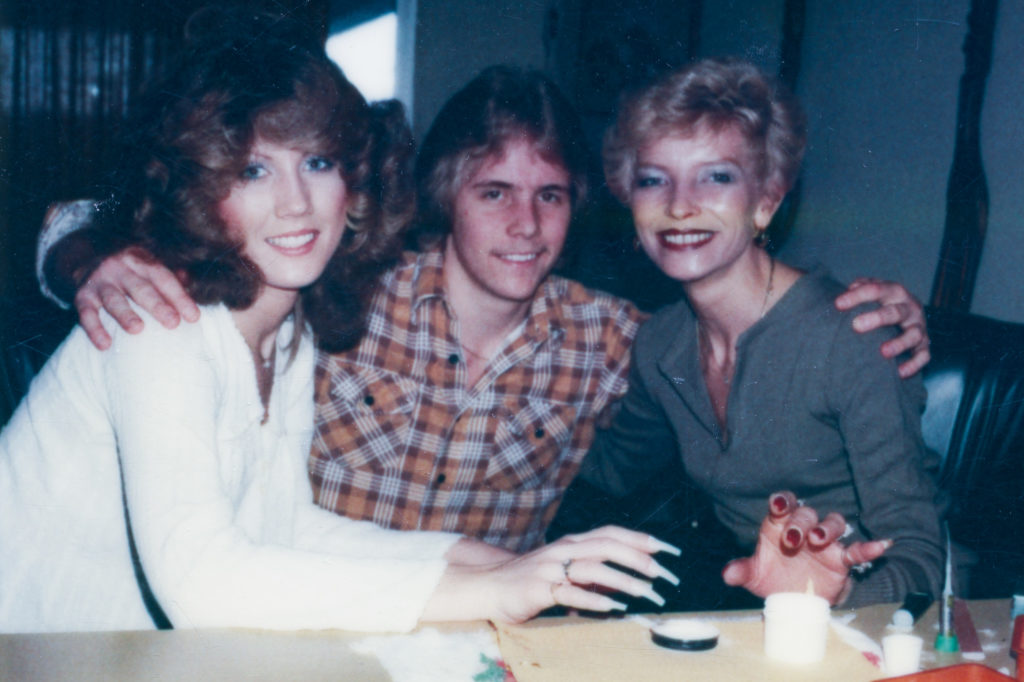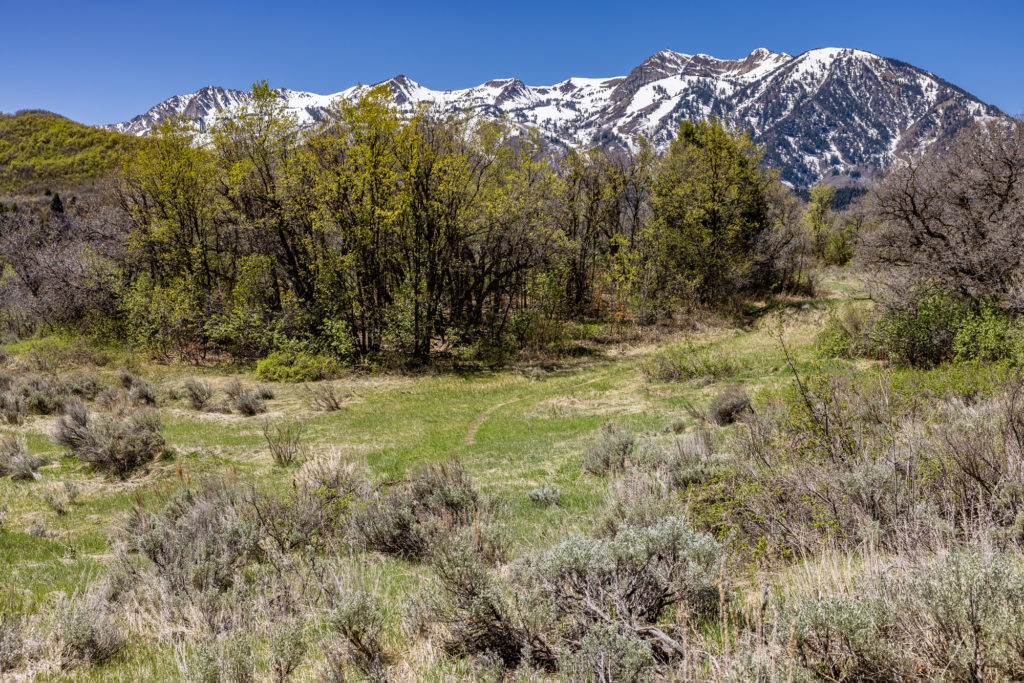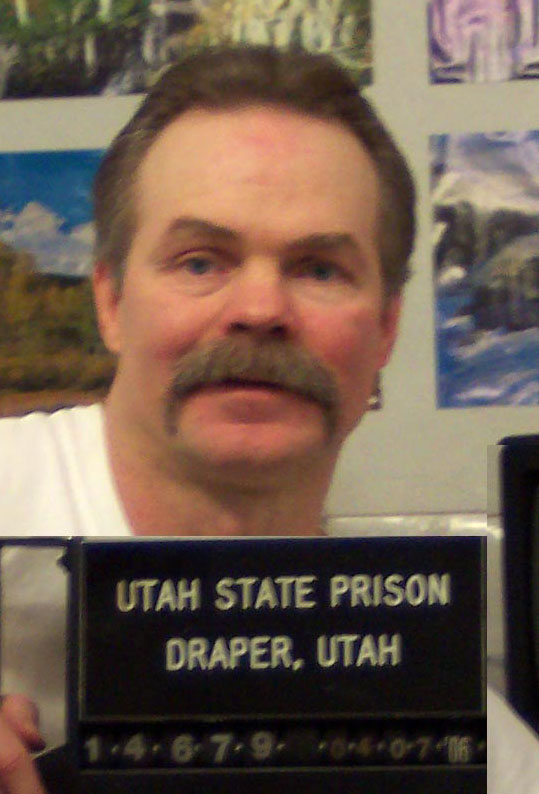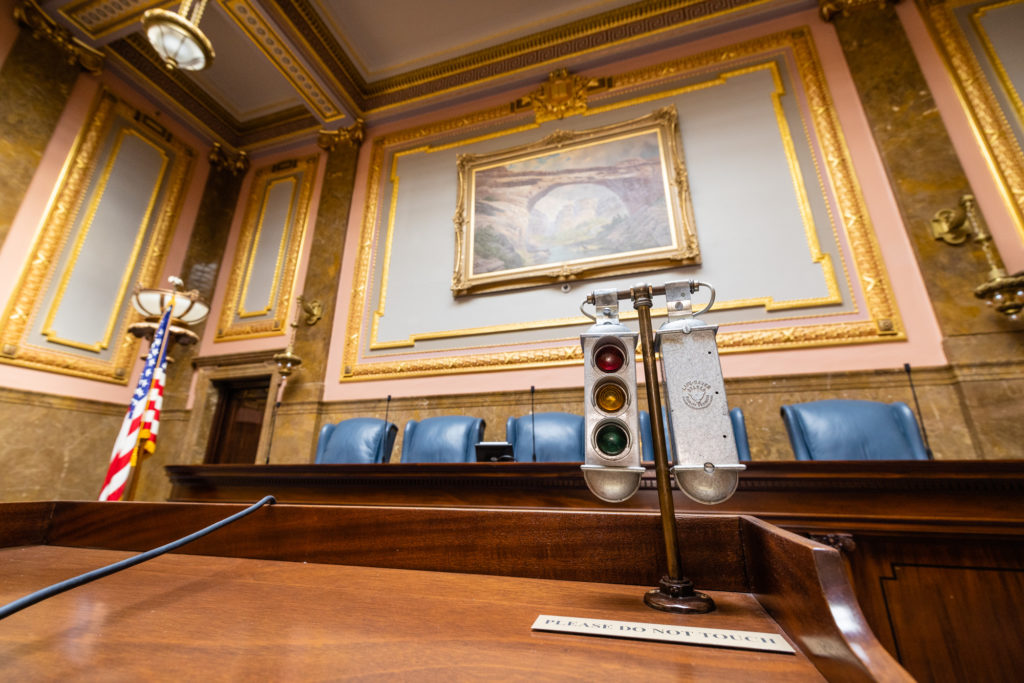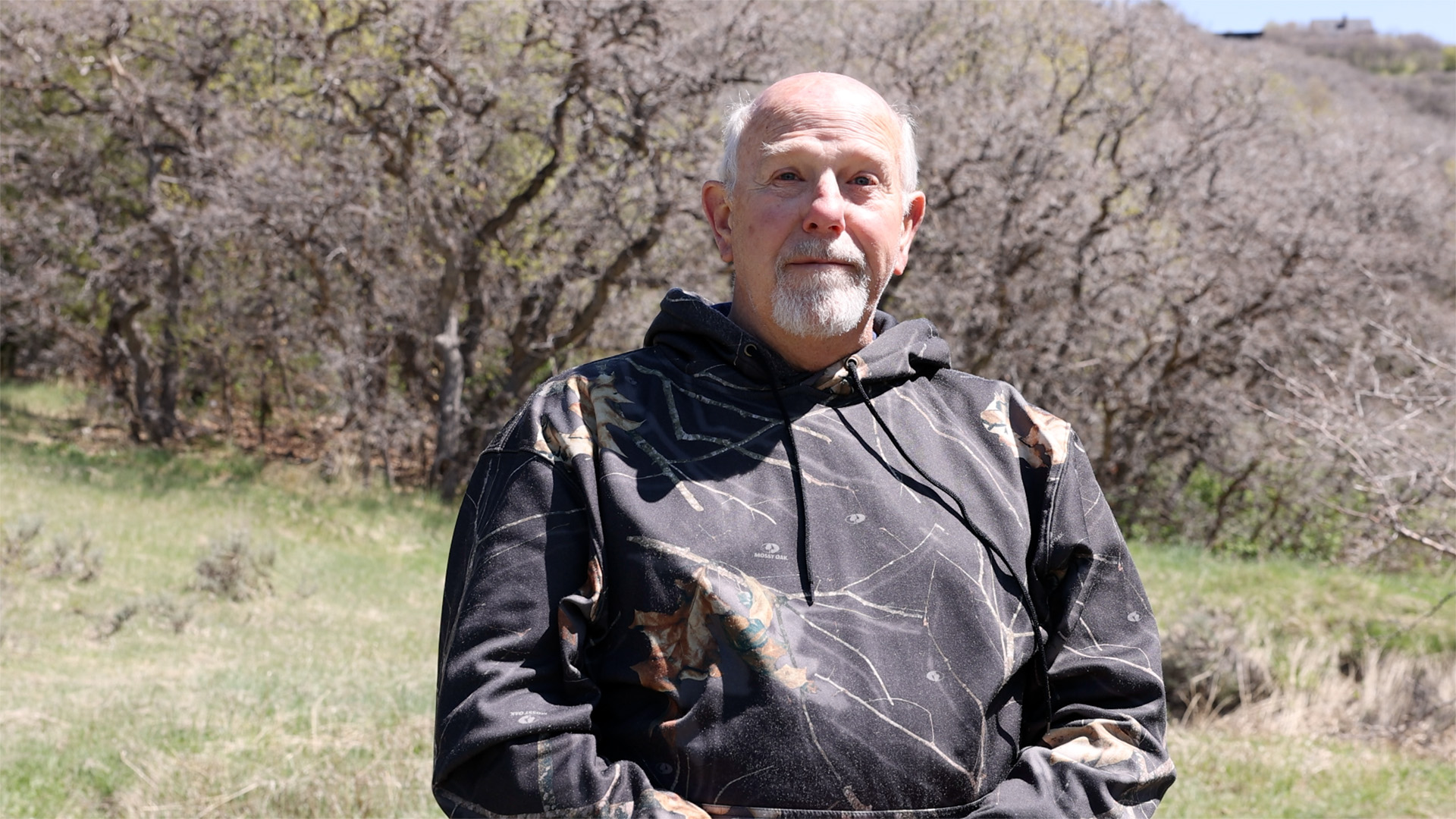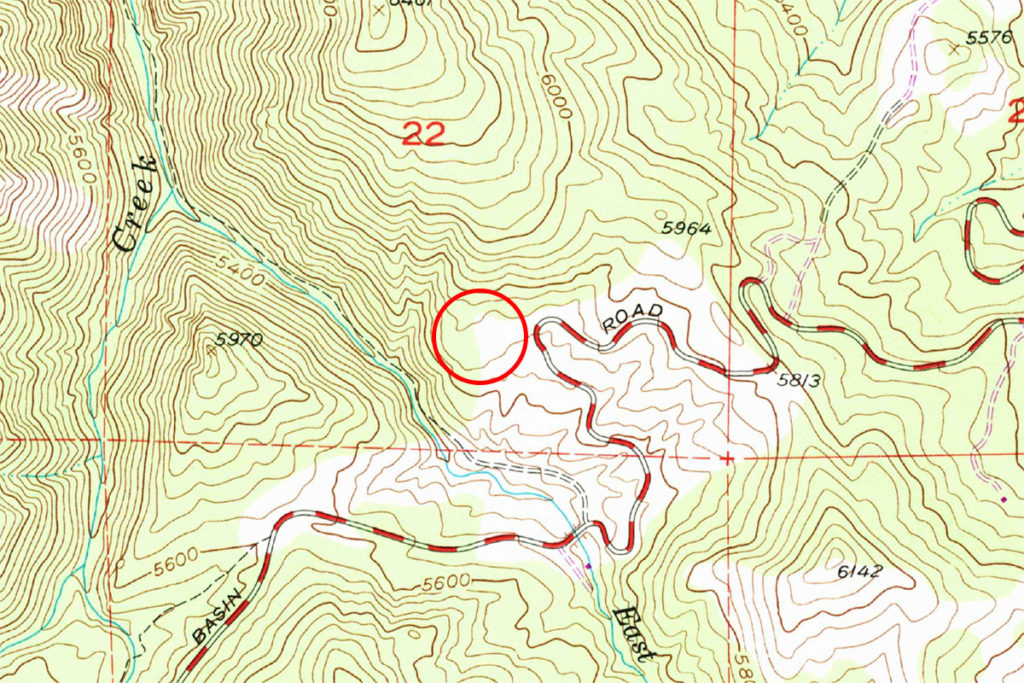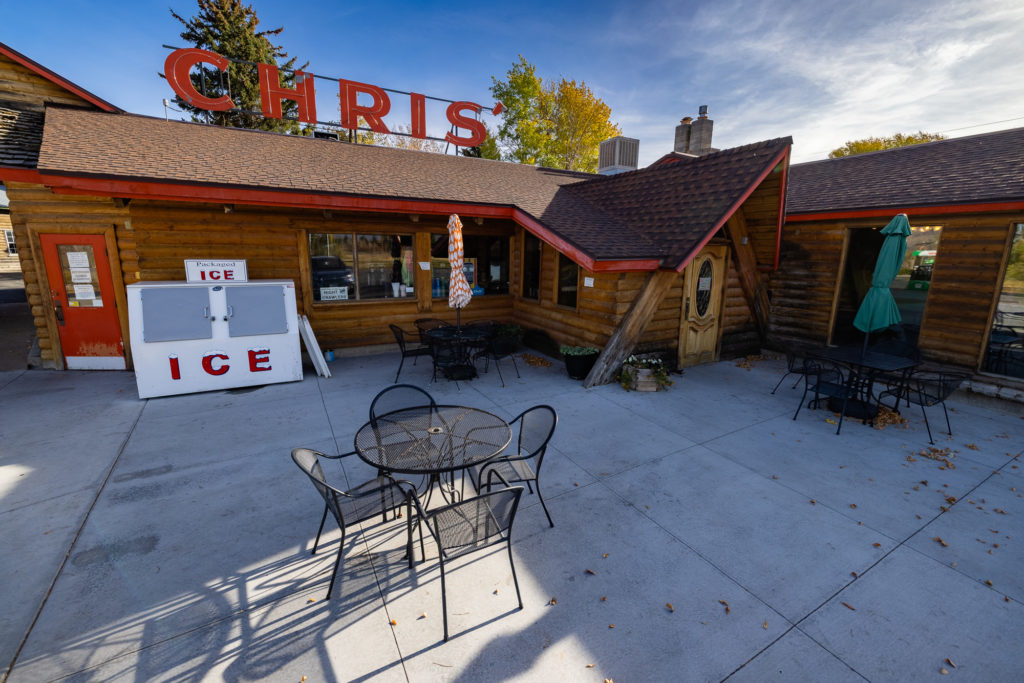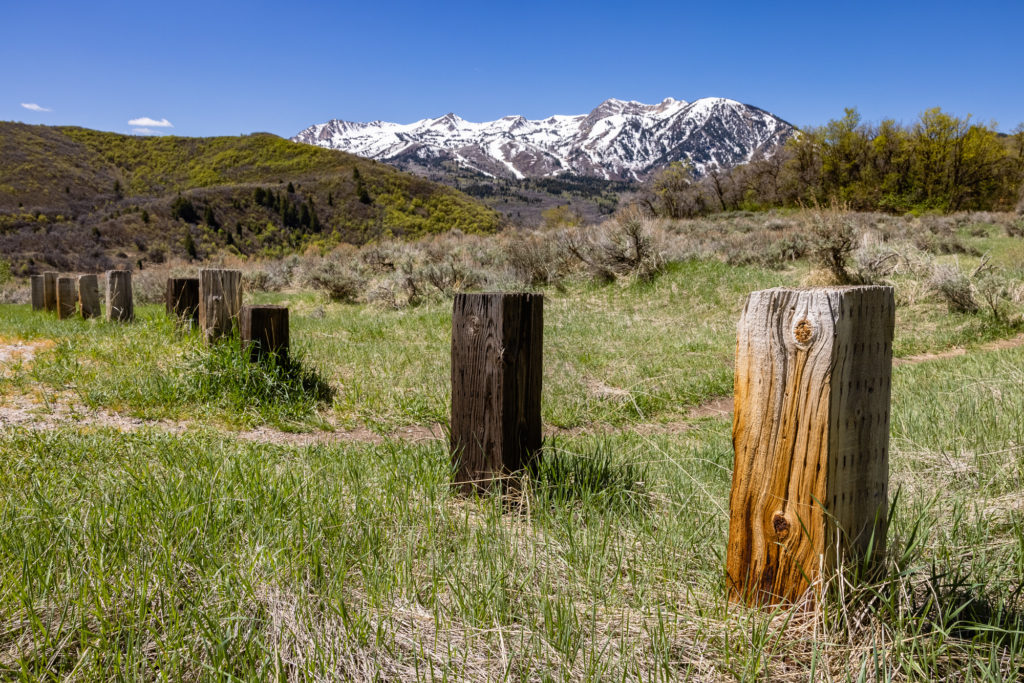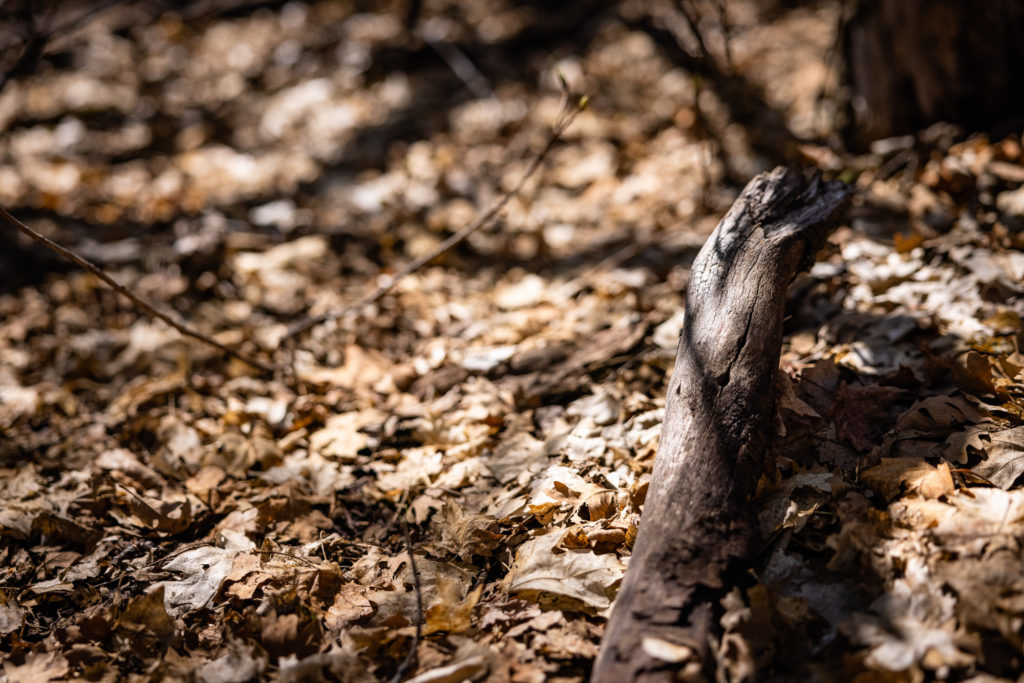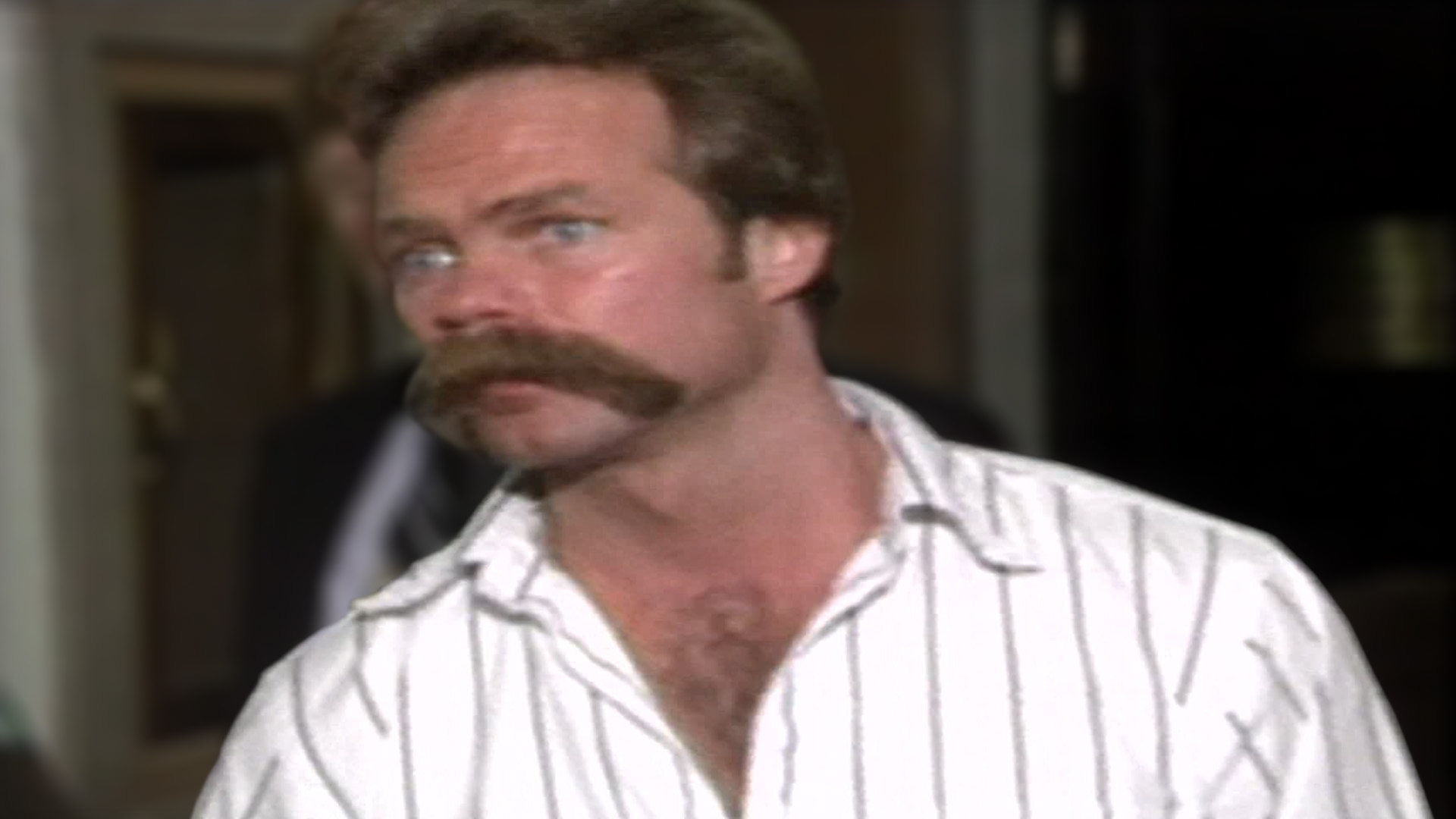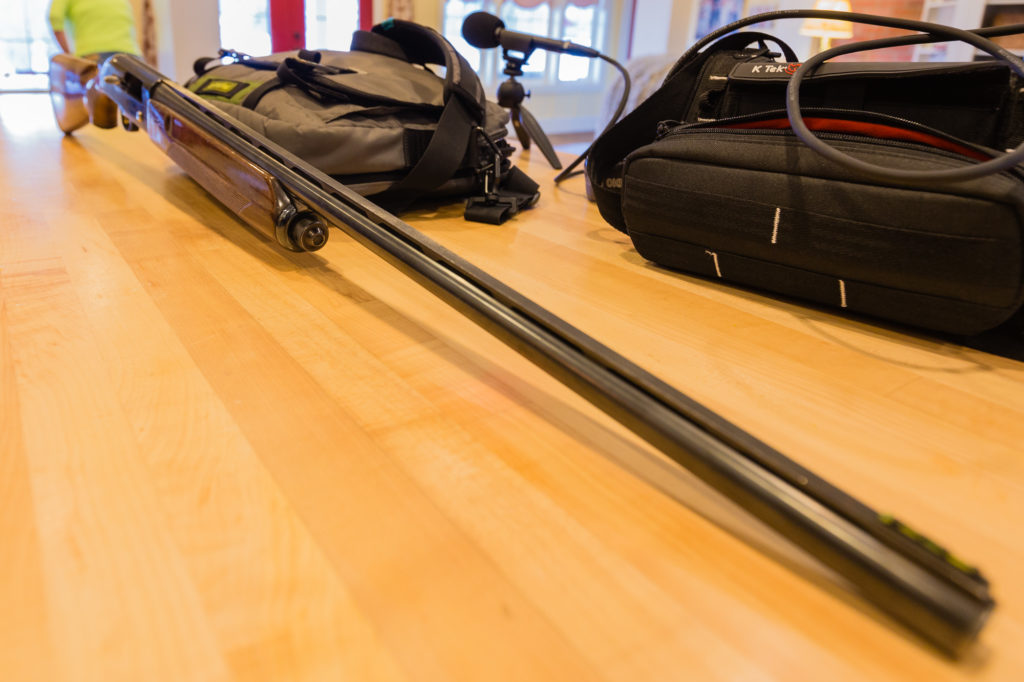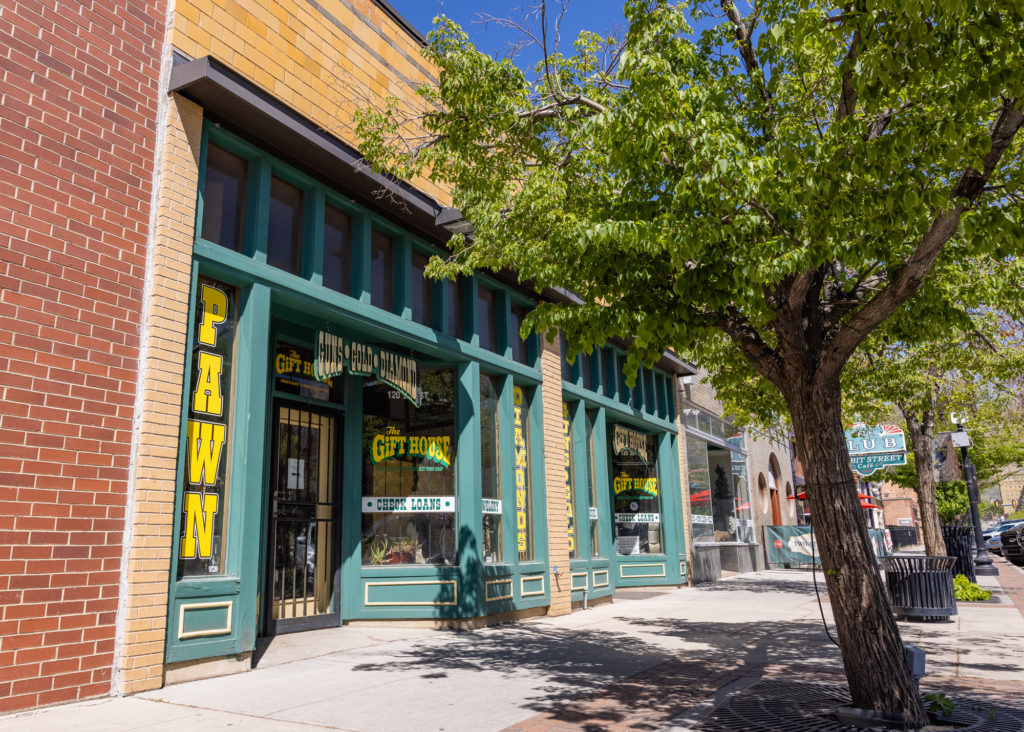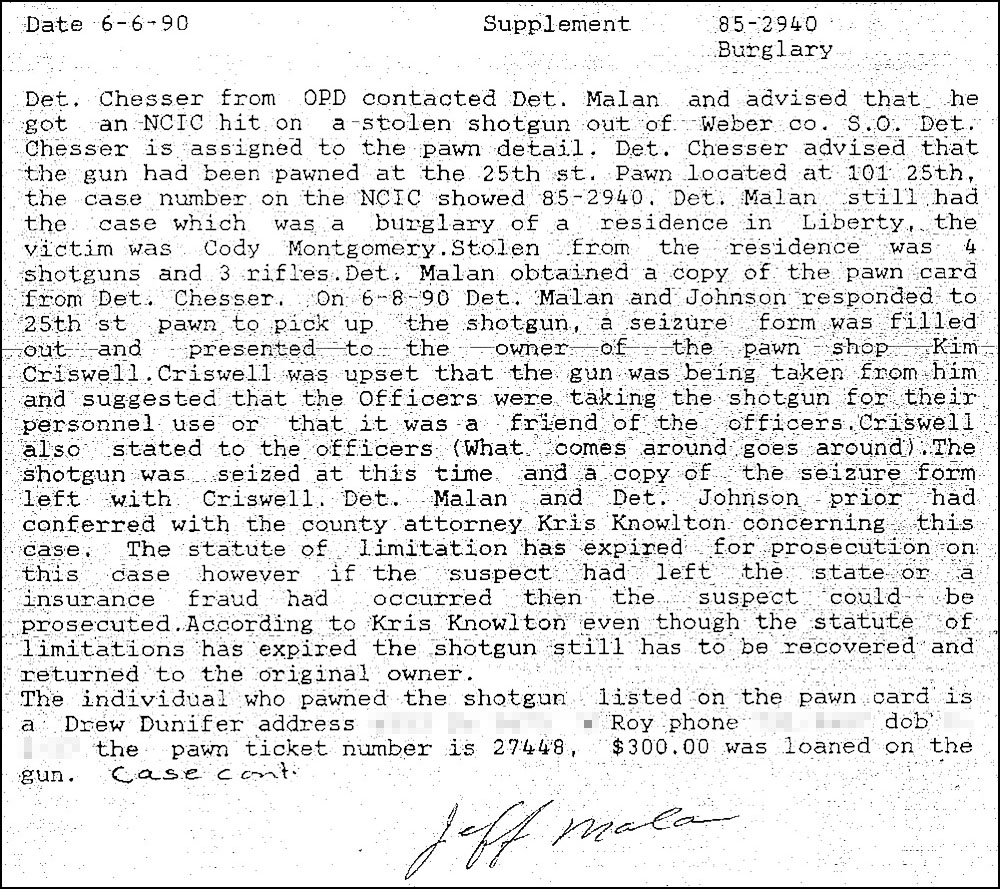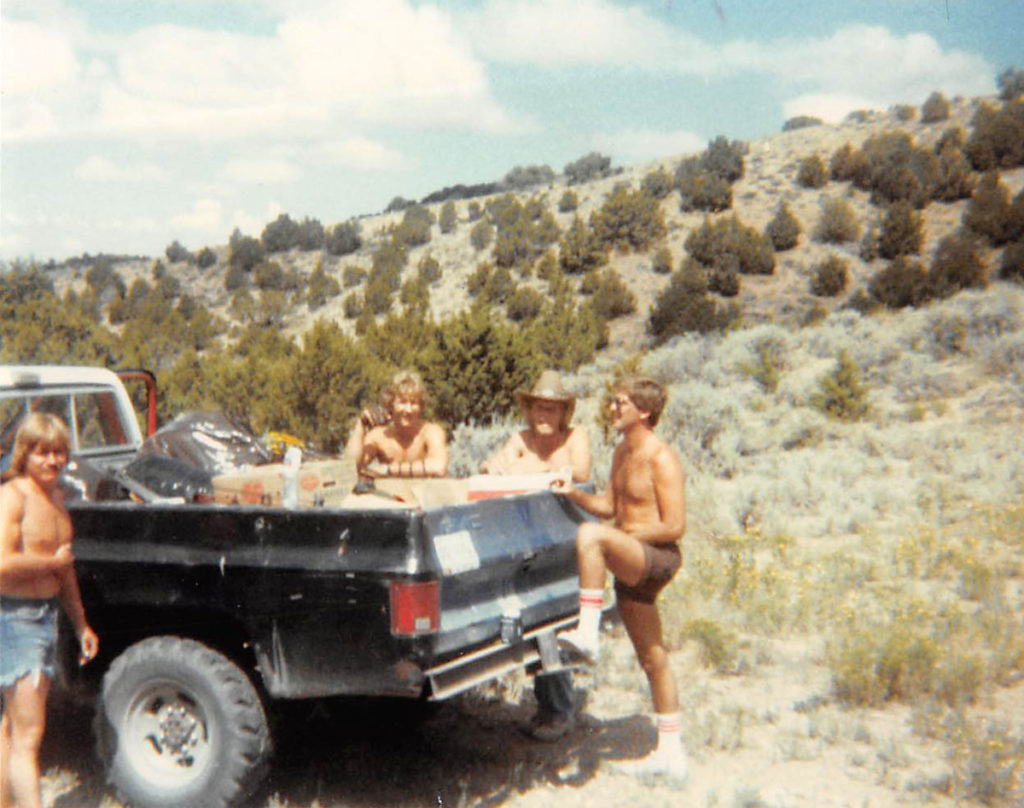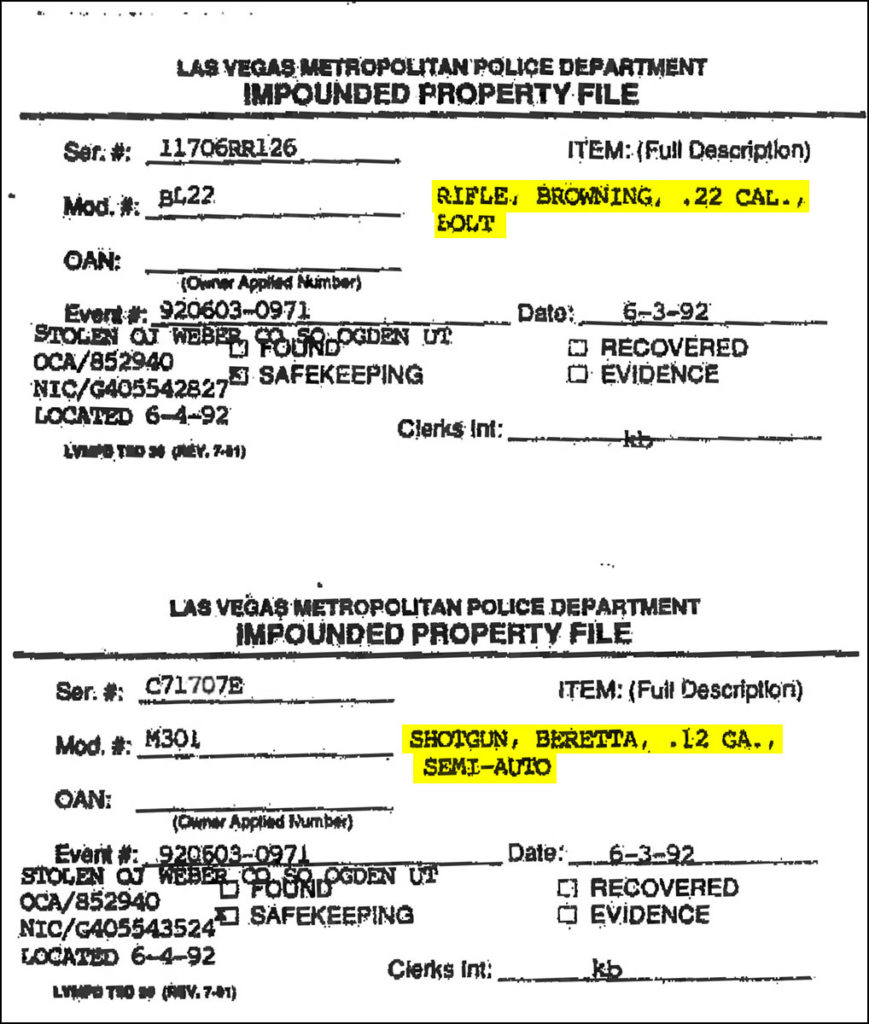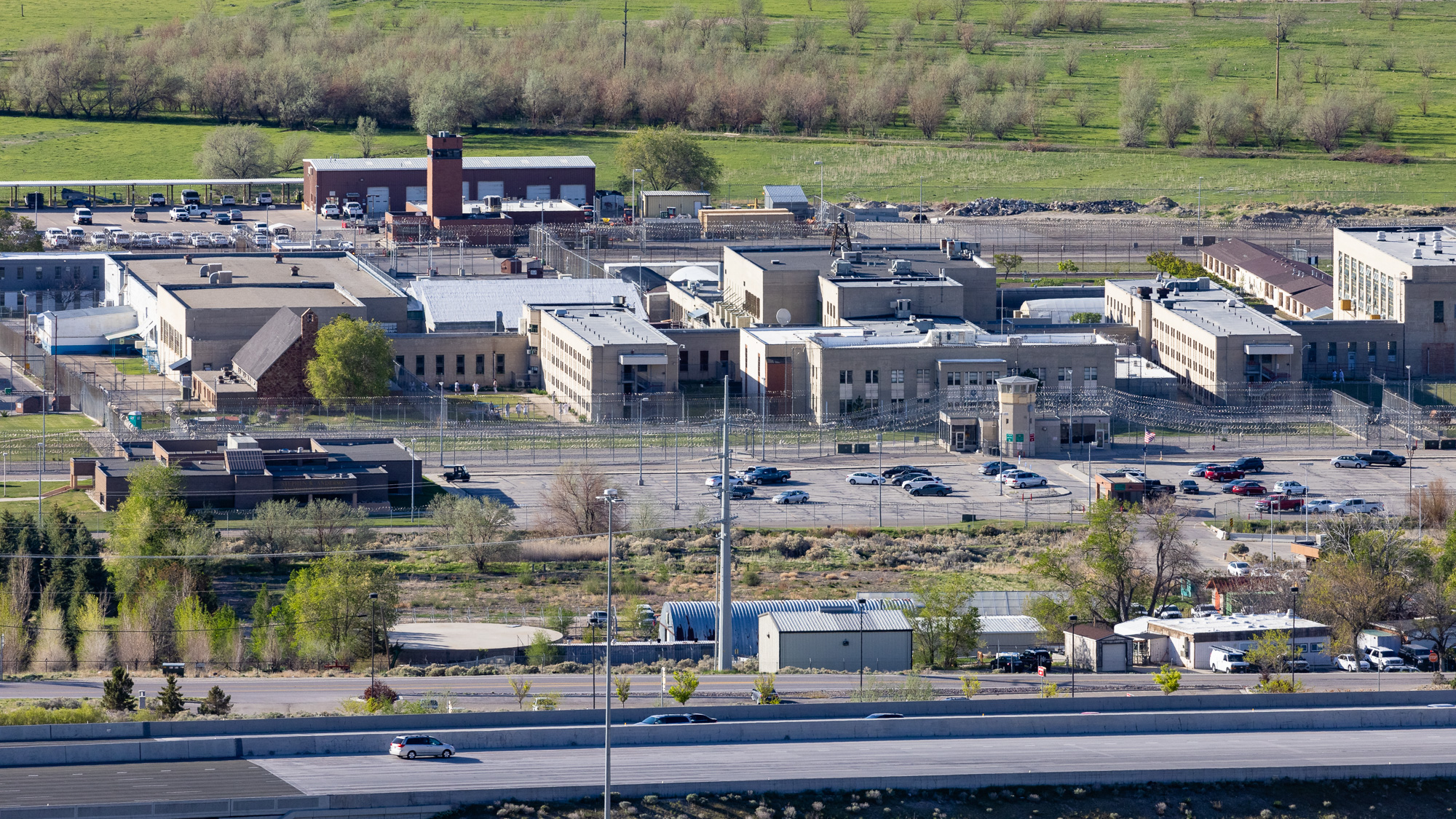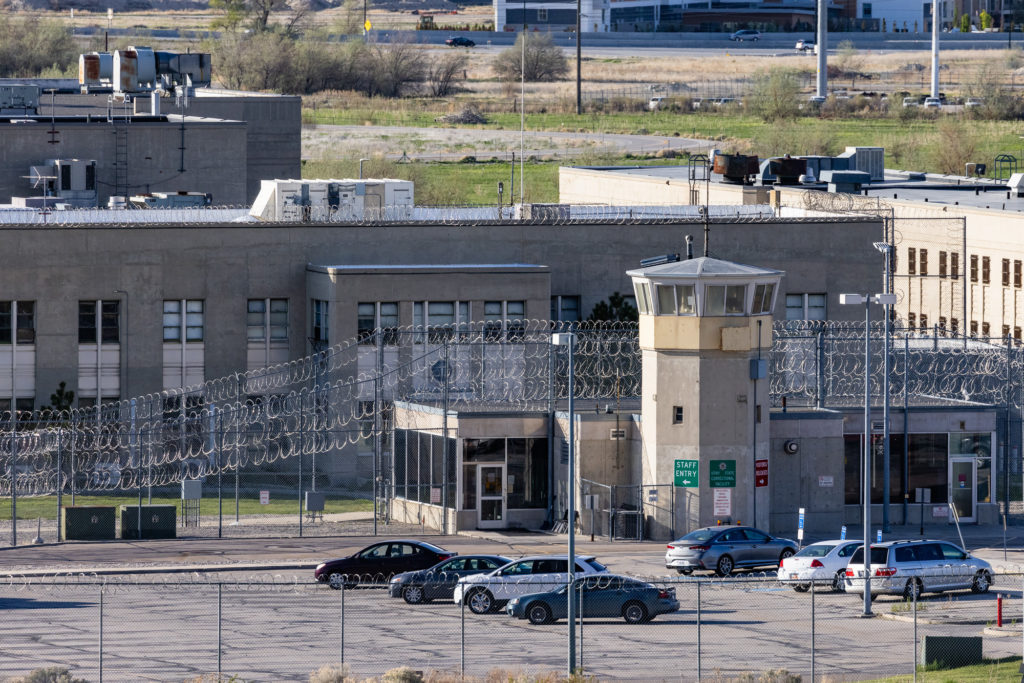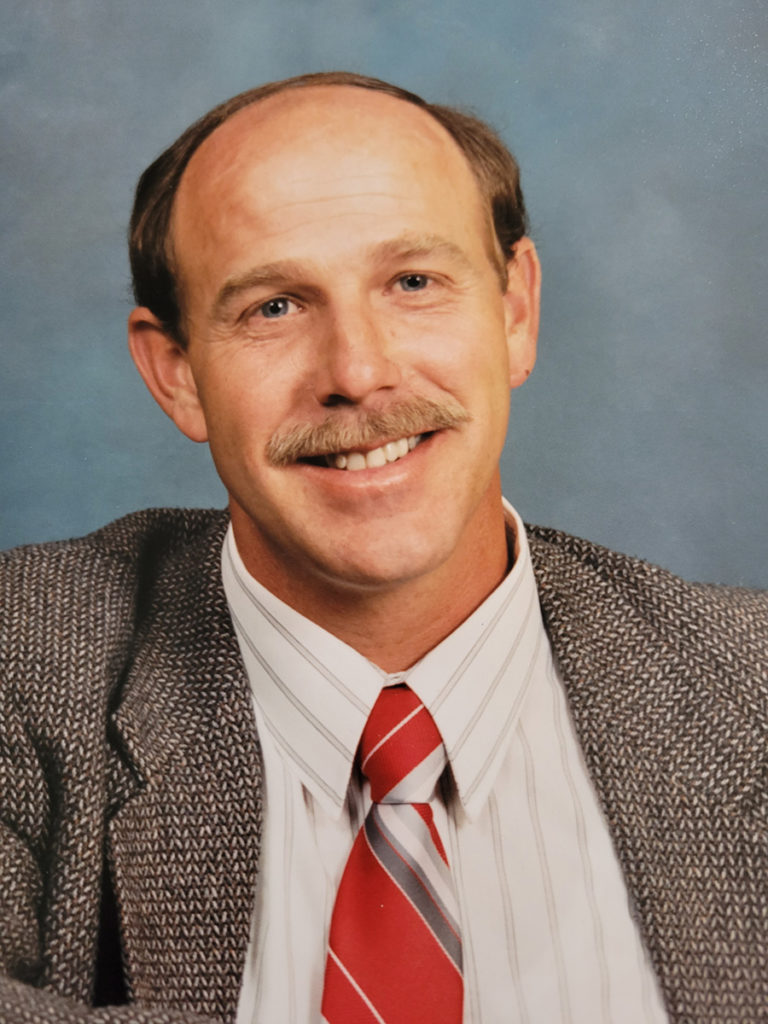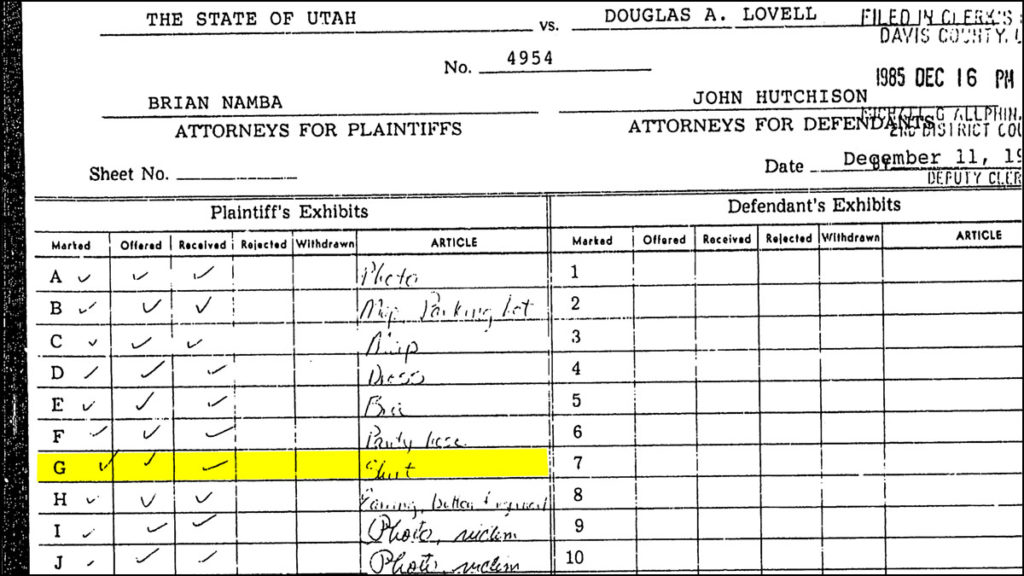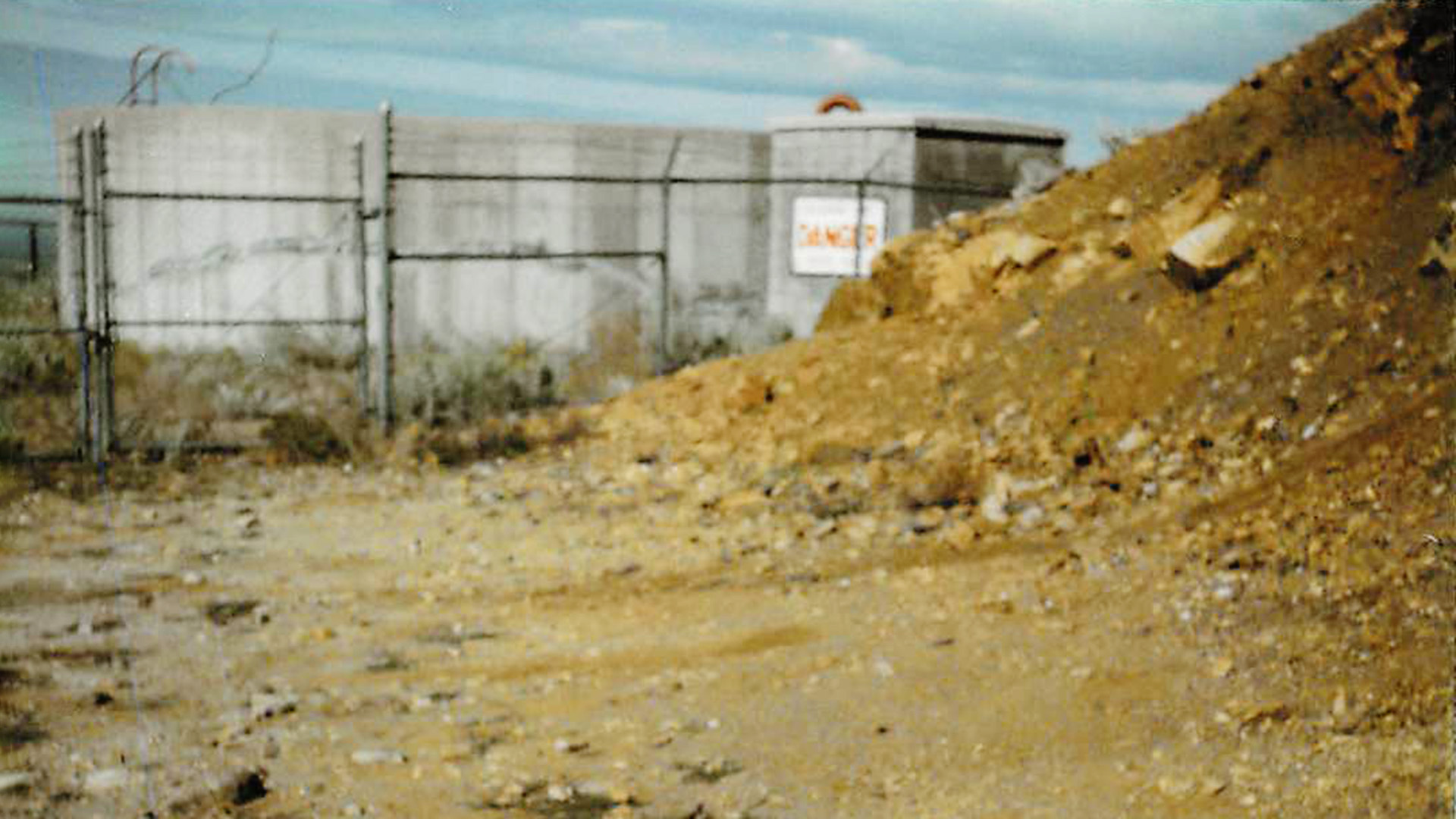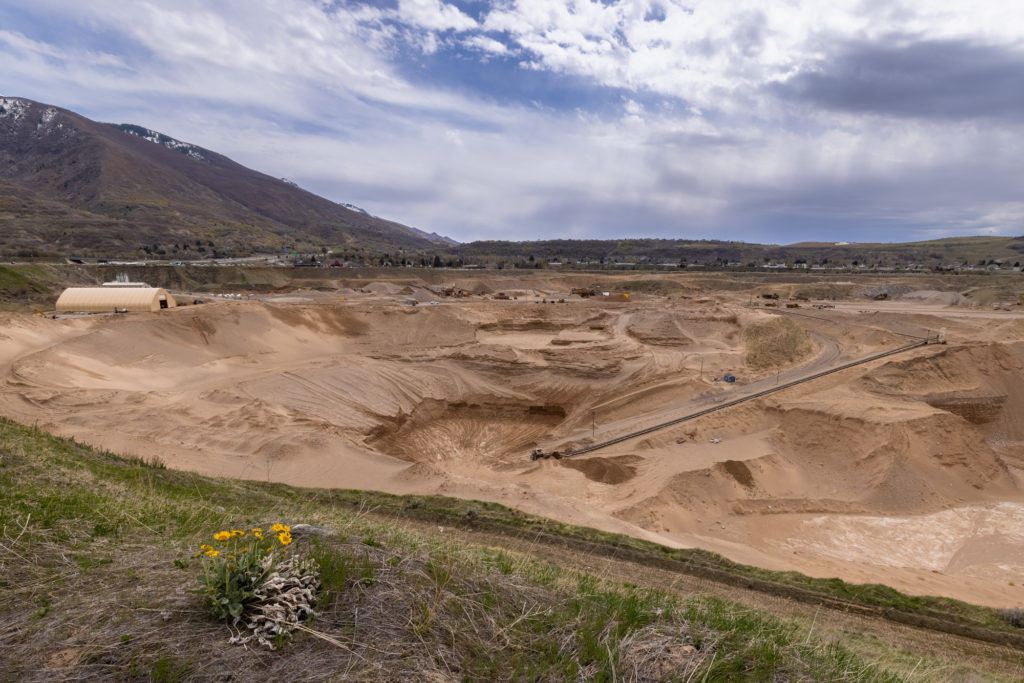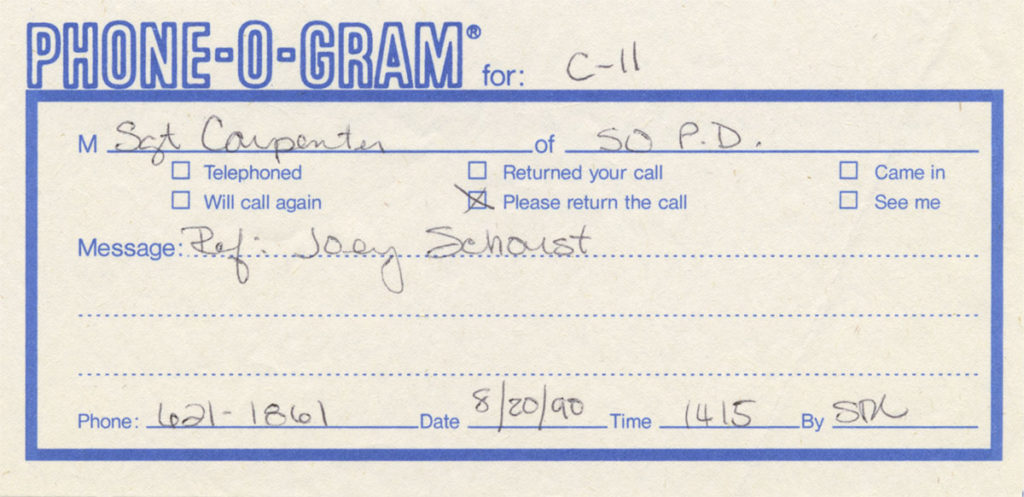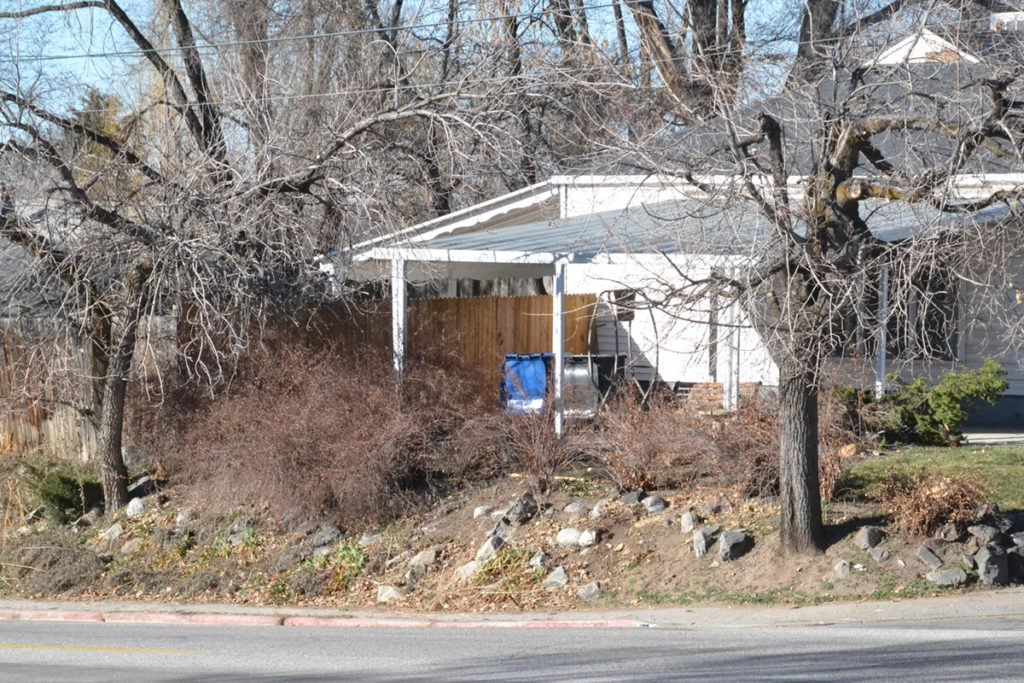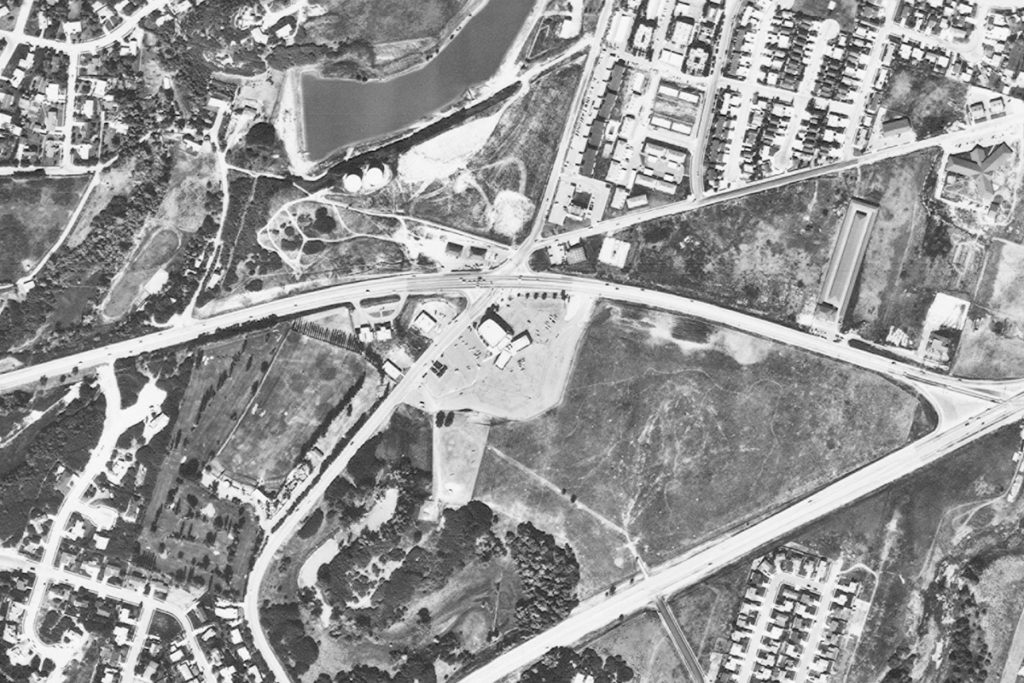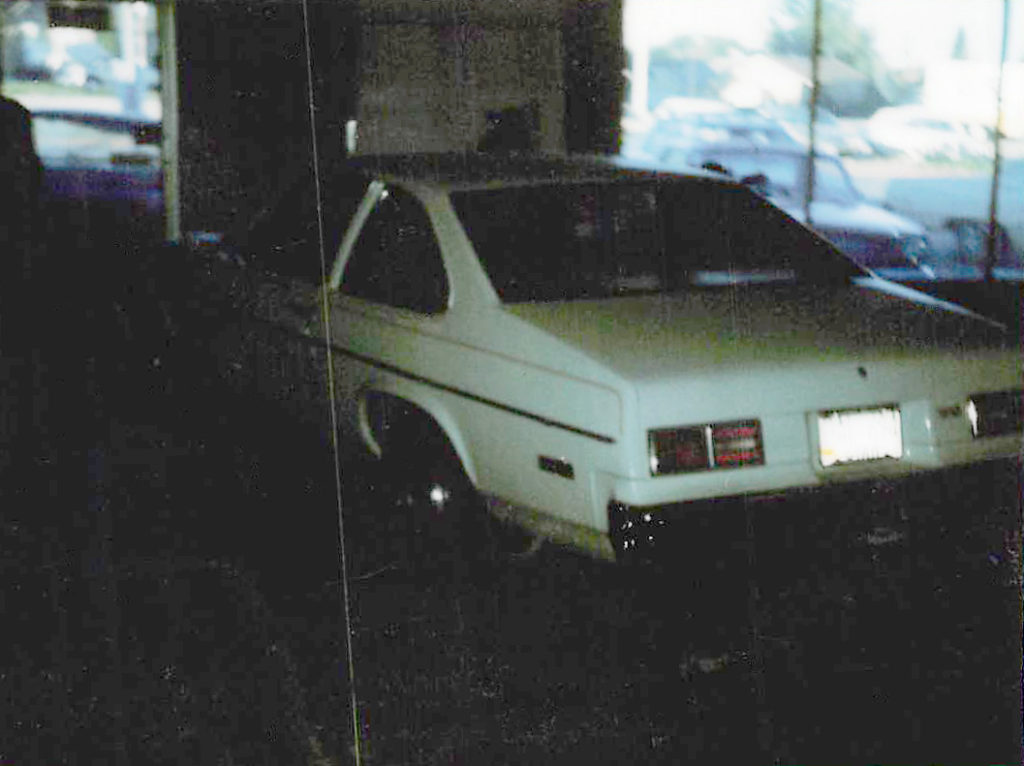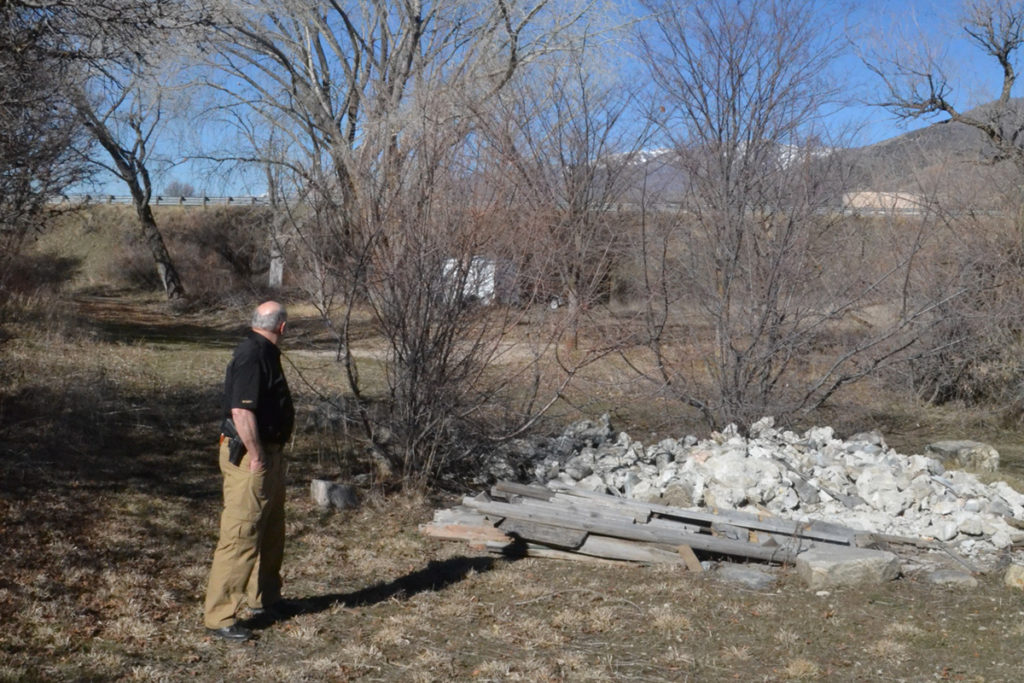Joyce Yost’s children and grandchildren have waited decades for an answer to the one lingering question that remains following their mother’s August, 1985 murder: where did the man who killed her bury her body?
This bonus episode of Cold season 2 examines three possible answers to that question, aside from the one already provided by the killer, Douglas Lovell.
The sites are: a concrete dump site in the city of Layton, Utah (because Doug drove a cement truck nearby); a cabin in the Sunridge Highlands area of Weber County, Utah (which Doug’s father owned at the time Joyce disappeared); and the slopes of the Monte Cristo Range in Rich County, Utah (where a wildlife officer encountered Doug and his wife weeks after the murder).
Overview of the Joyce Yost murder
Douglas Lovell abducted Joyce Yost from outside her apartment in South Ogden, Utah on the night of April 3, 1985. He sexually assaulted her and threatened to kill her if she reported what he’d done.
Joyce promised not to go to police and convinced Doug to release her. Then, she went to police anyway. Doug was arrested and charged with felony crimes that carried prison sentences of up to life if he were convicted.
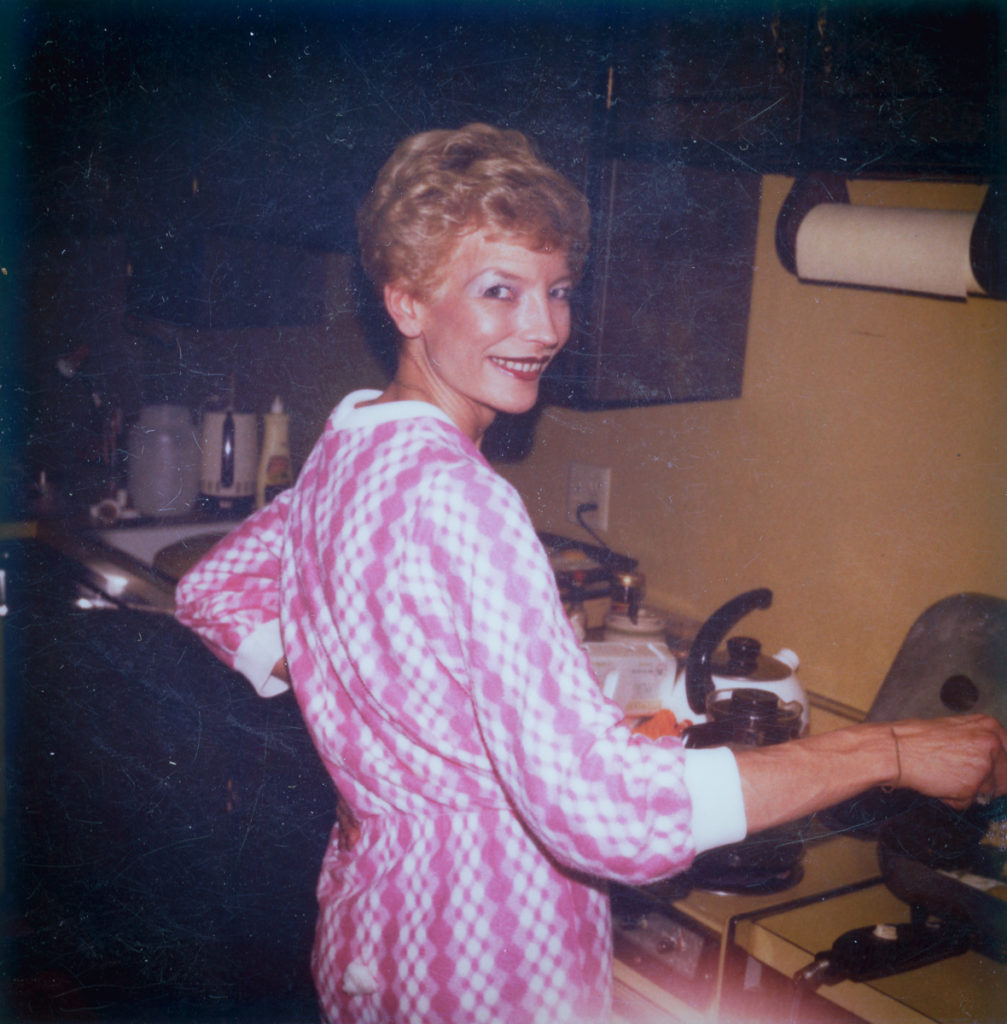
Then, Joyce disappeared. It happened 10 days before she was scheduled to testify at Doug Lovell’s trial. From the start South Ogden police suspected Doug had murdered Joyce to prevent her from testifying. But they were unable to arrest or charge him due to a lack of evidence. Detectives were unable to locate Joyce’s body.
The case went cold. Then, in April of 1991, police Sgt. Terry Carpenter made a breakthrough. He succeeded in convincing Doug Lovell’s ex-wife, Rhonda Buttars, to talk. She admitted she’d helped Doug cover up evidence of his crime: Doug had murdered Joyce.
Rhonda Buttars’ account
In her interview with Terry Carpenter, Rhonda said she’d dropped Doug off outside Joyce Yost’s apartment between 11 p.m. and 1 a.m. on the night of August 10, 1985. Rhonda had then returned home, where she’d remained until receiving a call from Doug between 4 a.m. and 5 a.m. on the morning of August 11.
Doug had told Rhonda on the telephone to meet him at The Wilshire, a movie theater in South Ogden.
“It was getting light when he called you,” Terry asked Rhonda during a May 1, 1991 interview.
“No. Not when he called,” Rhonda replied.
In later court testimony, Rhonda explained it’d been dark out when Doug had called her from “up in the canyon.” But she said the sky had lightened by the time they’d each arrived at The Wilshire.
“It was light enough I could see Doug,” Rhonda said. “The sun wasn’t over the mountains yet.”
Doug had Joyce’s car when he and Rhonda met at The Wilshire. Then, they’d taken Joyce’s Chevy Nova in the foothills at the eastern edge of town and ditched the car there.
Rhonda told police Doug had described driving Joyce “up by Causey” Reservoir. She said he’d walked Joyce up a hill next to the road, choked her and stomped on her neck until she was dead.
Doug Lovell’s account
The story of Joyce’s murder as Doug Lovell remembered it came out in sworn court testimony in 1993.
He said Joyce had been asleep when he’d entered her apartment through an unlatched bedroom window on the night of the murder. He’d startled her awake, scuffled with her and cut her hand with a hunting knife.
Joyce had bled from the knife wound and Doug had needed to stop the bleeding, bandage the wound, strip the blood-stained bed sheets, flip the bloody mattress and remake the bed. Doug had also packed a suitcase full of Joyce’s clothes in an attempt to make it appear as though she’d left of her own accord.
A prosecutor suggested the clean-up and packing had taken as long as 45 minutes.
“I’m not sure how long I was there,” Doug replied, according to a court transcript.
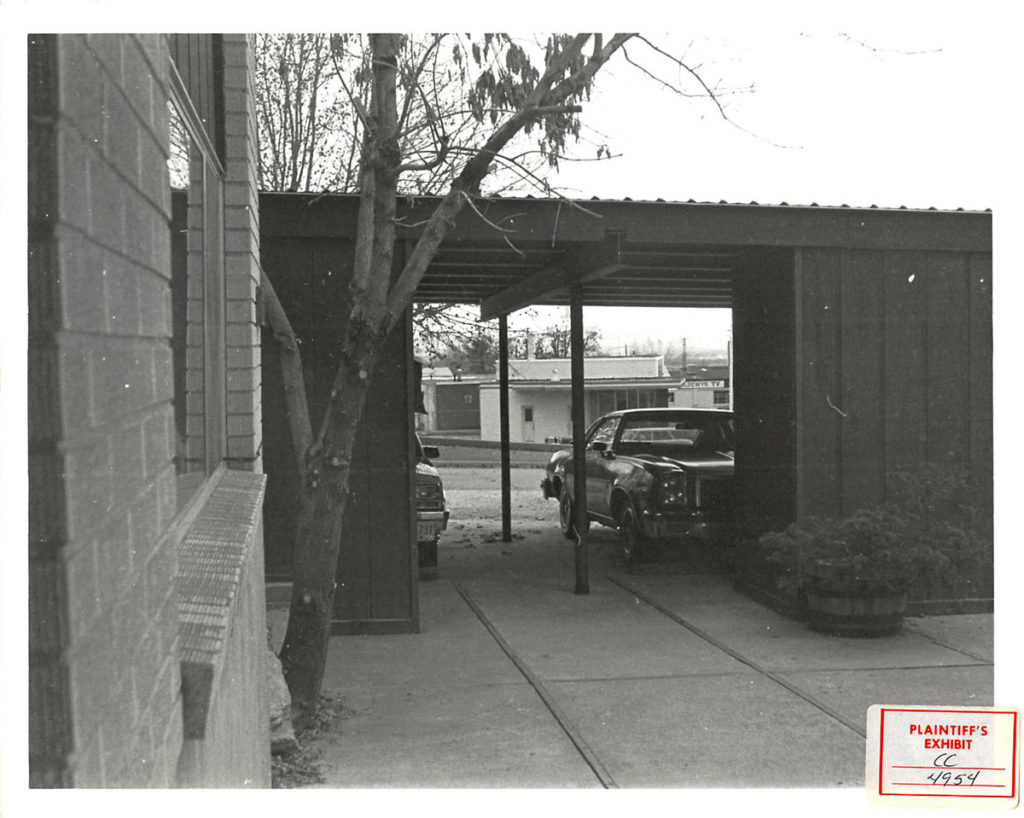
Doug did admit to giving Joyce the tranquilizer Valium to keep her calm while he was busy cleaning the apartment. He’d then walked Joyce out to her car and told her to get into the trunk.
Doug denied having taken Joyce anywhere near Causey Reservoir, as Rhonda had claimed he’d said.
“I don’t ever remember telling Rhonda anything about Causey,” Doug said.
Doug Lovell’s window of opportunity
The two accounts provided a rough timeline for the murder.
In court testimony, Rhonda clarified that Joyce’s car had been parked in the carport outside Joyce’s apartment when she’d dropped Doug off on the night of the murder. That detail suggested the drop-off occurred after midnight, as Joyce hadn’t returned home from the Hill Air Force Base officer’s club until about midnight.
Sunrise in Ogden, Utah on the morning of August 11, 1985 occurred at 6:34 a.m. By Rhonda’s account, Doug’s call to her that morning had come before first light. That suggested the call occurred sometime prior to 5:30 a.m.
By that logic, Doug had roughly five hours — from about 12:30 a.m. to 5:30 a.m. — in which to carry out the murder and to conceal Joyce Yost’s body. Subtracting time for the events inside the apartment and at whatever place he left Joyce whittles that down to about four hours during which Doug was unaccounted for.
That timeframe becomes important when evaluating potential burial locations, as it provides a limit on how far Doug might have traveled. Cut the four-hour window in half and you’re left with two hours. This is the maximum amount of time Doug Lovell could have reasonably spent traveling one-way from Joyce Yost’s apartment to the place where he left her body.
Return to Joyce Yost’s body
Rhonda Buttars had told police in 1991 that Doug hadn’t initially buried Joyce Yost’s body on the night of the murder.
“He didn’t have anything to really bury her,” Rhonda told Sgt. Terry Carpenter. “He just, like, put leaves or shrubbery or dirt over her.”
Rhonda said Doug had also dumped out the contents of Joyce’s purse next to her body. He’d grown concerned about this afterward, over fears someone might stumble across Joyce’s body and identify her using her driver license. Doug had resolved to return and bury Joyce to ensure that didn’t happen.
In January of 1992, Rhonda visited Doug at the Utah State Prison while wearing a hidden recording device. She’d received a promise of legal immunity in exchange for her cooperation with prosecutors.
The investigators hoped Doug would reveal the location of Joyce Yost’s body to his trusted confidant, not realizing that she had turned on him.
An audio recording of the prison wire recording obtained by Cold through an open records request includes a portion where Doug referenced the place where he’d left Joyce Yost’s body as being covered over by seven years of “leaves.”
“I mean, we’re talking mountains,” Doug said in the recording. “There’s snow on the ground down here. What do you think’s on her up there?”
During plea negotiations at the end of 1992, Doug told his court-appointed defense attorney that he would be able to locate the site again in the dark or in a blinding snowstorm.
The Old Snowbasin Road site
- One-way travel time from Joyce Yost’s apartment (via shortest route): 30 minutes
- Elevation above sea level: 5,710 feet
Doug Lovell took South Ogden police to a spot four miles east of Mount Ogden in June of 1993 and told them that was where he had killed Joyce Yost and buried her body. He made the admission in an effort to avoid a death sentence.
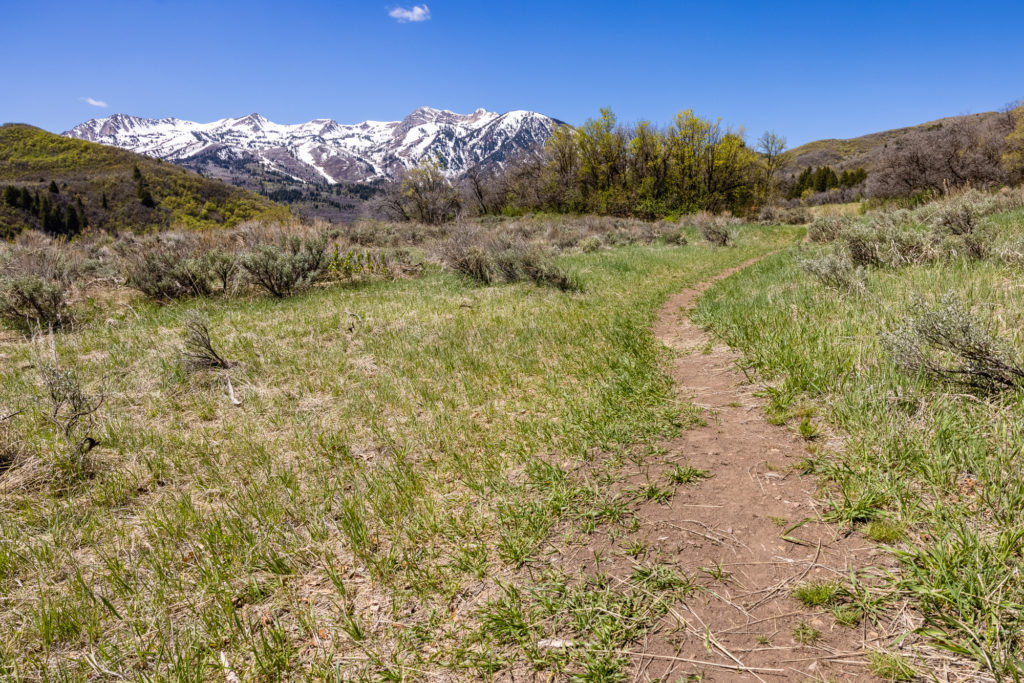
The site, which sits near a hairpin curve along the Old Snowbasin Road, became the subject of an intensive search that summer. Detectives used a variety of tools and techniques at the site, including metal detectors, cadaver dogs, hand tools, a track hoe and an excavator. They found no indication Joyce Yost’s body was ever there.
Doug insisted during a sentencing hearing that summer he’d taken police to the correct spot. He had no explanation for why their search had failed to result in the discovery of human remains. A judge determined the plea deal was invalid and sentenced Doug to death.
On appeal, Doug succeeded in having his guilty plea withdrawn. He stood trial for Joyce’s murder in 2015. His defense team called a wildlife biologist as an expert witness. The biologist testified a black bear, mountain lion or coyote could have moved and scattered Joyce Yost’s body in the eight years between the murder and the police search.
“It could be that he knew it wasn’t there, it was somewhere else.”
Defense attorney Michael Bouwhuis
The lead attorney for Doug’s 2015 trial, Michael Bouwhuis, told Talking Cold he believed Doug could have been telling the truth and that there were legitimate explanations for the absence of Joyce’s remains. Bouwhuis contended the police search in ’93 had not followed best practices for crime scene processing.
“And so if Doug left her at the spot where he took the authorities, the way that they processed the scene would have produced nothing,” Bouwhuis said.
But Bouwhuis also conceded it was possible Doug had lied, even to him.
“It could be that he didn’t know at all, he didn’t remember it but he thought ‘if I act like I do and I put an effort in and they appreciate that, maybe they cut me a break,’” Bouwhuis said. “Or it could be that he knew it wasn’t there, it was somewhere else.”
Alternate site 1: Cement dump
- One-way travel time from Joyce Yost’s apartment (via shortest route): 15 minutes
- Elevation above sea level: 4,855 feet
The first alternate site for Joyce Yost’s body examined in this Cold podcast bonus episode is a subdivision in the city of Layton, Utah where cement truck drivers were known to dispose of excess concrete during the 1980s.
Doug Lovell had worked at the Ideal Ready Mix cement plant at the time he’d raped Joyce Yost in April of 1985. The plant sat along Utah State Highway 193, just south of Hill Air Force Base. He’d secured the job with the help of a family friend nicknamed “Dangerous Dan.” Doug’s father, Monan Lovell, had asked Dan to get his son a job driving a cement truck.
“Doug Lovell’s [step]mom and dad bowled with us on a bowling league and they were actually on our team,” Dan said in an interview for Cold. He asked that his last name not be used, out of concern for his privacy.
Dan not only helped get Doug hired but also trained him. Operating the cement truck required an understanding of how and when to mix the components of concrete, as well as how to route the deliveries so as to arrive at a job site ready to pour.
It was common for Ideal Ready Mix drivers to finish a pour with excess concrete still in the hopper.
“People will over-order, your tax dollars at work, by 10 yards of concrete,” Dan said. “That’s just one day, one truck. And is it heavy? Each yard of concrete weighs a little over 5,000 pounds.”
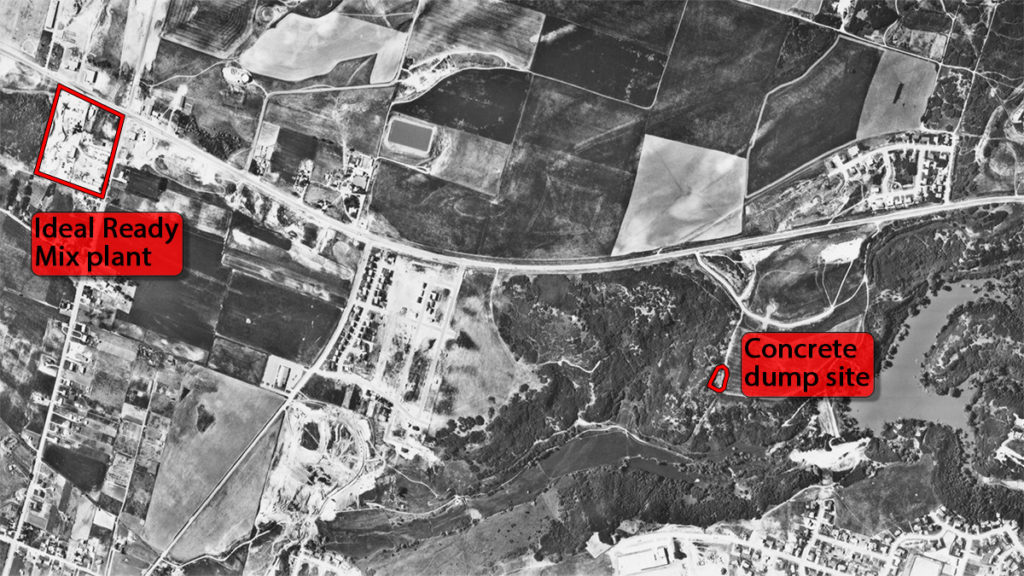
Dan said the cement plant did not at that time have a reclaimer, meaning the excess concrete needed to dumped. A man who owned property east of the cement plant had given them permission to unload into a pit on the edge of his field. Dan said rumors spread after Joyce Yost disappeared. Ideal drivers wondered if Doug might have placed Joyce’s body in the pit. If so, Joyce would’ve been covered over with concrete.
“Be a hell of a tombstone,” Dan said. “But that’s not the way people should be buried.”
The pit Dan referenced is visible in historical aerial imagery dating as far back as the 1950s. The imagery shows that by the early ‘90s the pit appeared to have been completely filled. Since that time, the site of the pit has been covered by residential development.
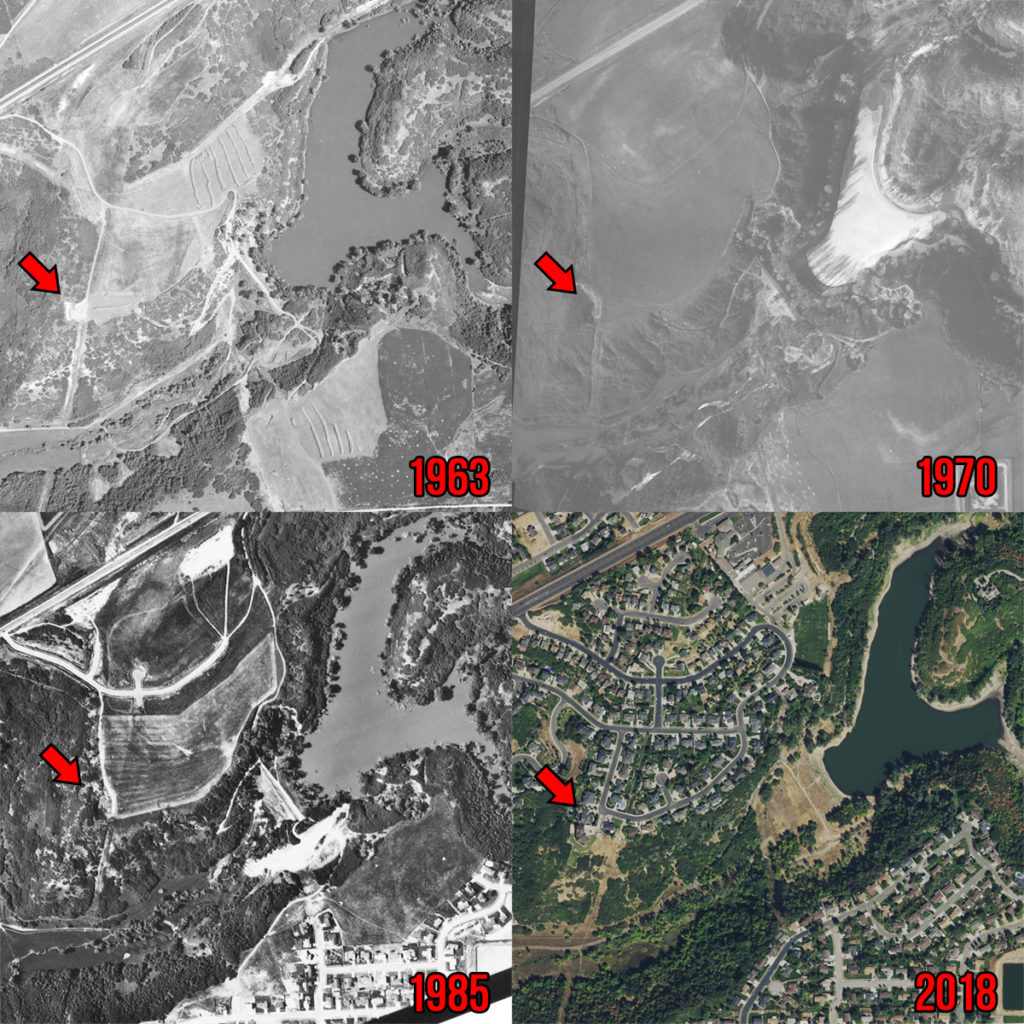
A rancher named Jerry Jaques was the owner of the field prior to its conversion into a subdivision. Jerry is deceased. His son, Bob Jaques, independently confirmed Dan’s account. He remembered Ideal Ready Mix drivers dumping concrete in what he called a “little old hole.”
The cement dump site has never been searched in connection with the Joyce Yost case.
Alternate site 2: Lovell family cabin
- One-way travel time from Joyce Yost’s apartment (via shortest route): 1 hour, 15 minutes
- Elevation above sea level: 7,350 feet
The second alternate site for Joyce Yost’s body examined in this Cold podcast bonus episode is a two-acre property in the Sunridge Highlands cabin community of northeastern Weber County, Utah.
The Lovells were among the first people to build at Sunridge Highlands. Property records show Doug Lovell’s father Monan Lovell built his cabin in Sunridge’s first phase in 1979. Doug was known to visit the cabin in the early ’80s, following his early release from prison on an aggravated robbery conviction.
Retired South Ogden police Sgt. Terry Carpenter told Cold investigators were interested in searching the cabin property, due to its seclusion and Doug Lovell’s knowledge of area. However, Terry said Monan Lovell would never provide consent for police to come on the grounds after Joyce Yost disappeared.
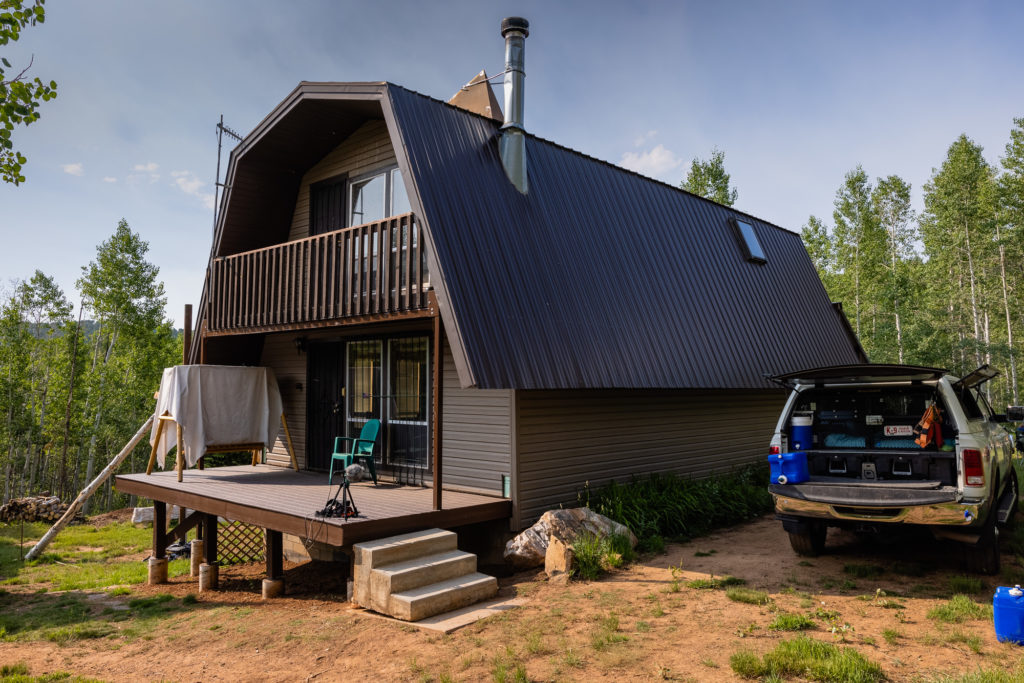
The Lovell cabin changed hands following Monan’s death in 2014. Sunridge managers provided consent for law enforcement to search the property in 2021. The Weber County Attorney’s Office carried out a search on July 9 and 10, 2021. The County enlisted the help of a non-profit organization called Colorado Forensic Canines. Its teams are trained in the detection of clandestine gravesites.
“Their dogs are trained to look specifically for small amounts of odor, small particles, small pieces of bone,” Weber County Search and Rescue volunteer commander Bryan Bennett told Cold during the search.
The cadaver dogs focused on a heavily wooded ravine adjacent to the cabin property.
Conditions proved challenging for the dogs and handlers. The steepness of the slope and the heavy ground cover both caused problems. Heat also limited the effectiveness of the search. It both exhausted the dogs and limited the likelihood of faint odors being carried on the breeze.
“If you’re working a dog you prefer a little wind,” Bryan said. “That way your dog doesn’t have to run right over the top of it. The wind will carry the odor.”
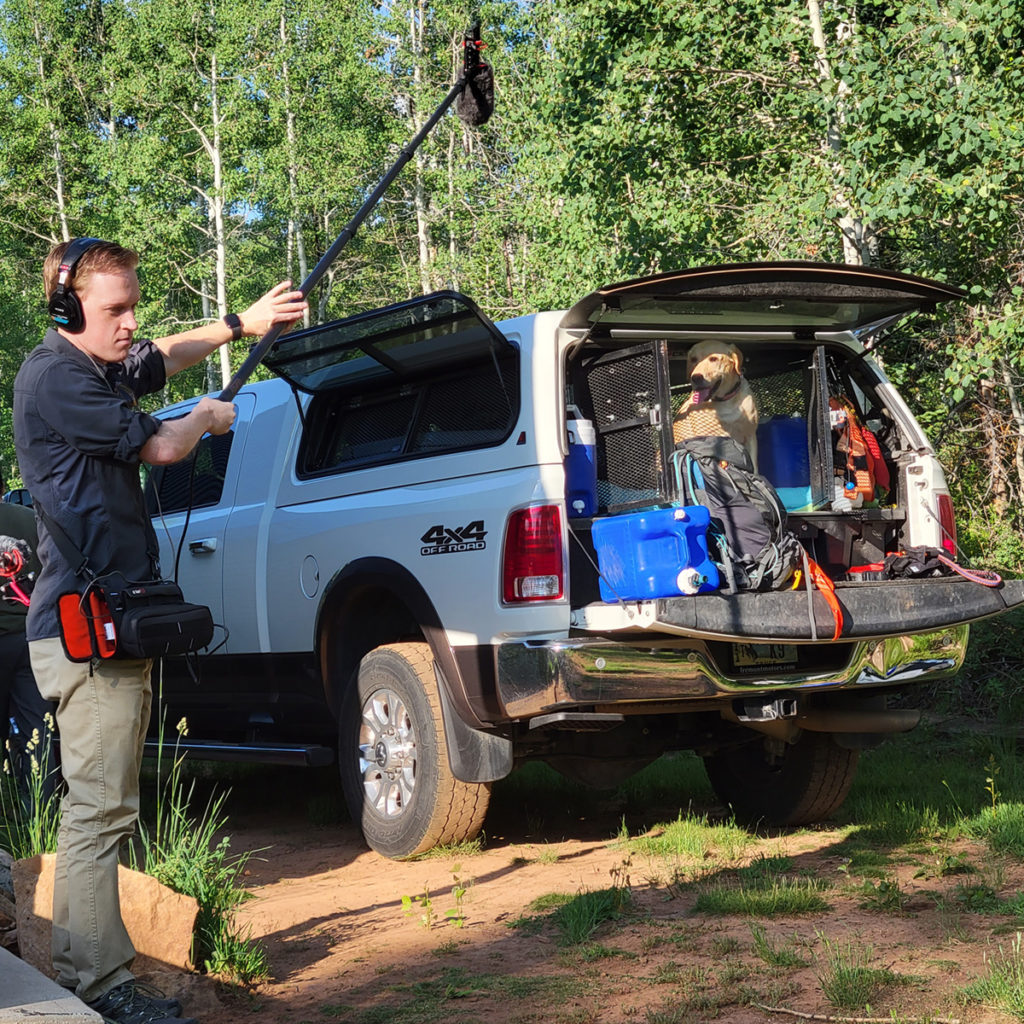
The search of the ravine concluded without any indication on the part of the dogs.
Alternate site 3: Monte Cristo poaching stop
- One-way travel time from Joyce Yost’s apartment (via shortest route): 1 hour, 15 minutes
- Elevation above sea level: 7,045 feet
The third alternate site for Joyce Yost’s body examined in this Cold podcast bonus episode is a place where a Utah Division of Wildlife Resources conservation officer encountered Doug and Rhonda in late 1985.
The precise date and location of that encounter were not known when that situation was previously described in Cold season 2, episodes 4 and 5. After the release of those episodes, a man named Dan Cockayne contacted Cold with additional details.
Dan was serving as chief deputy for the Rich County’s Sheriff’s Office in 1985. He assisted DWR conservation officer LaVon Thomas in the investigation of a suspicious circumstance in November of that same year.
LaVon had come upon Doug Lovell’s wife, Rhonda Buttars, sitting alone in a truck alongside Utah State Highway 39. A short time later, LaVon had seen Rhonda in the area again. She was at that time accompanied by a man whom she claimed was a hitchhiker.
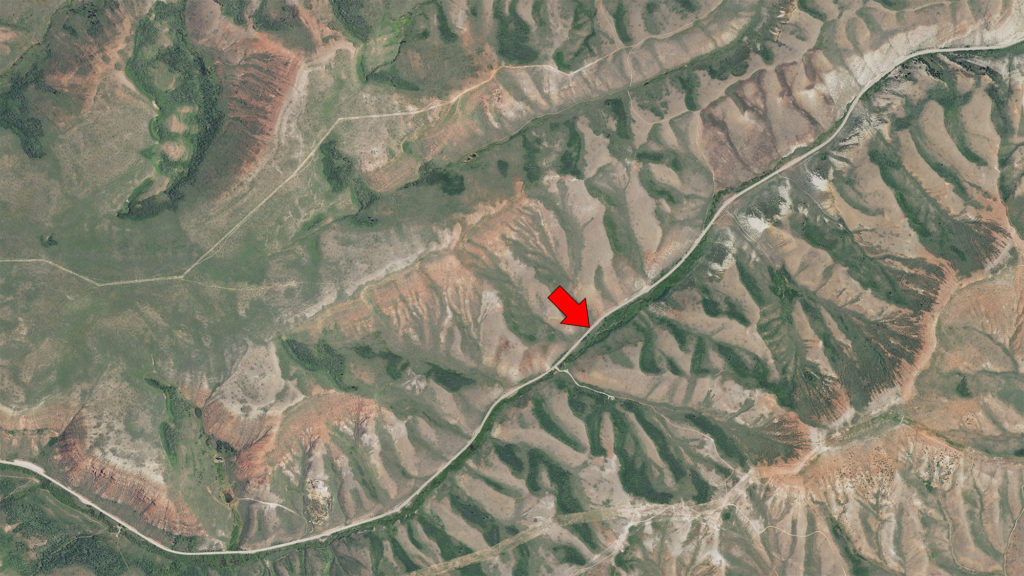
Dan showed Cold the spot where LaVon’s initial encounter with Rhonda occurred. It happened in a place called Walton Canyon. The canyon sits on the eastern slopes of the Monte Cristo Range, about 10 miles west of the town of Woodruff.
“Von, the game warden, had a suspicion that something wasn’t right,” Dan said. “Didn’t know what wasn’t right. So we came up, found the tracks in the snow where someone had been over here in the sage brush.”
Dan and his K9 searched the area where Rhonda’s passenger, who was later identified as her husband Doug Lovell, had been standing at the time of the initial encounter.
“I always felt that we were lucky that something bad didn’t really happen right here,” Dan said. “Von had no idea he was here.”
A changing story of the poaching stop
Dan said some time later, LaVon located two deer that had been illegally shot. The deer were on the hill opposite from where LaVon’s initial encounter with Rhonda took place. Investigators believed Doug and Rhonda Lovell had poached the deer. They worked with a prosecutor to file criminal charges against the pair.
As previously described in Cold season 2, South Ogden police arrested Rhonda on that warrant in March of 1986. They interrogated her. Rhonda said she and Doug had been traveling to Woodruff to meet friends for a snowmobiling outing, but Doug had been in the bushes defecating when LaVon had first seen her. She insisted they had not been involved in any poaching.
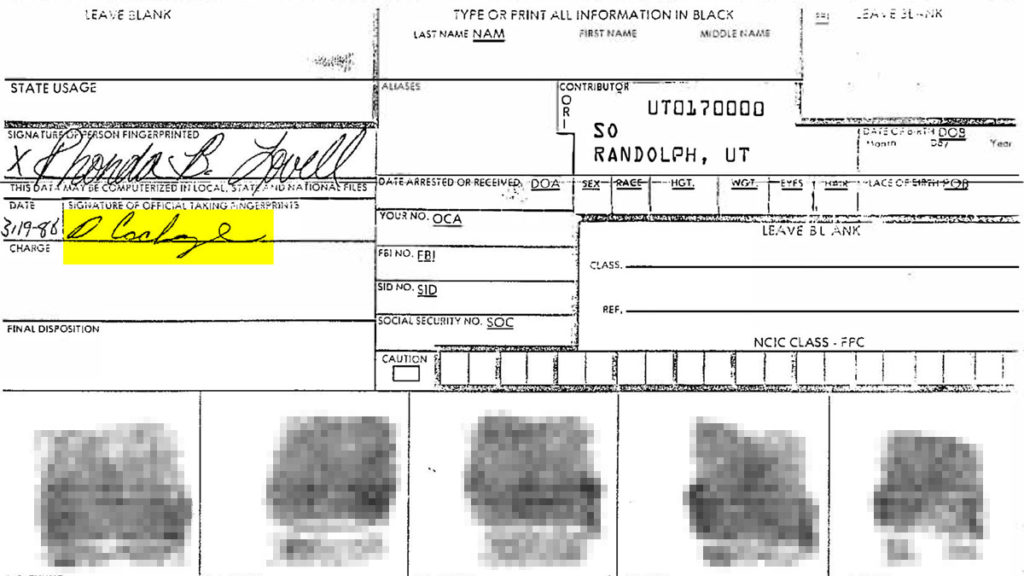
The South Ogden detectives transported Rhonda to Rich County to be booked into jail at the conclusion of her interrogation. Rhonda’s booking sheet bore Dan Cockayne’s handwriting. Her fingerprint card carried his signature.
“She was pregnant at the time and I wouldn’t let her smoke,” Dan said, “because she was pregnant. Not because it was against the rules.”
Doug and Rhonda Lovell succeeded in having the poaching charge dismissed by a judge several weeks later.
Then, an informant told South Ogden police Doug Lovell had been revisiting Joyce Yost’s body at the time of LaVon Thomas’ encounter with Rhonda in Walton Canyon.
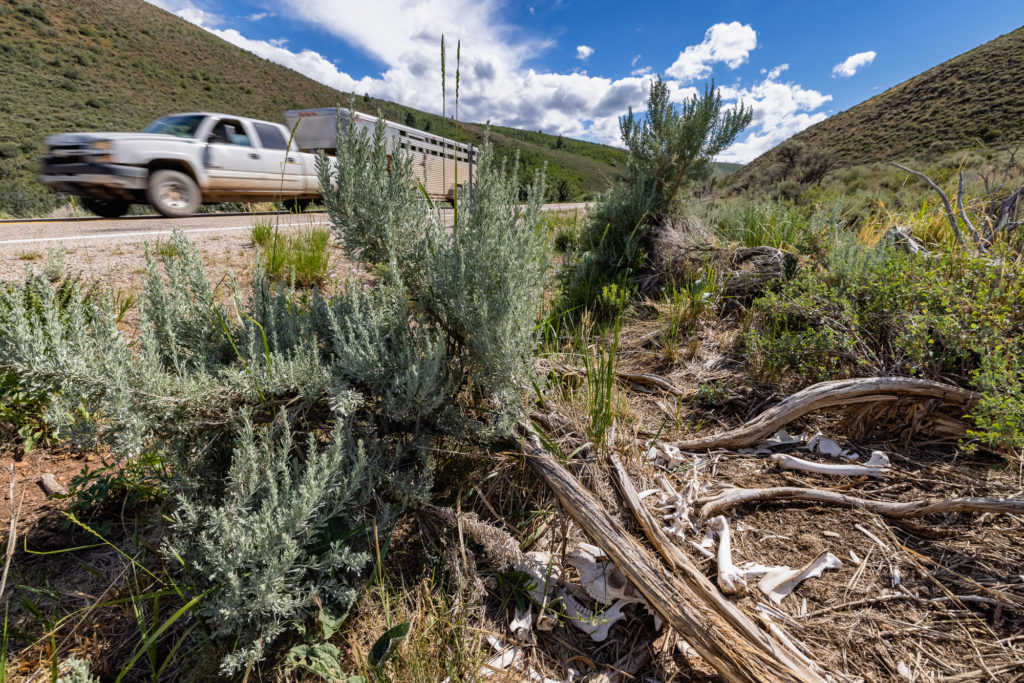
So, detectives went back to that site with Dan Cockayne in the summer of 1986 to search once again. They didn’t know if they were searching for a gravesite or scattered remains that had been left out in the open.
“In those days we’d never even heard of a cadaver dog,” Dan said. “We did the best we could.”
Rhonda Buttars admitted to Sgt. Terry Carpenter in April of 1991 that her ex-husband Doug Lovell had, in fact, shot the two deer the night prior to their encounter with LaVon Thomas in ’85. He’d wanted to retrieve the antlers, which Rhonda explained was the actual reason for their late-season trip into Walton Canyon.
“If [LaVon] would have caught him right here with a gun, then he has a convicted felon, he’s got that problem and he’s got a dead animal,” Dan said. “But he drives up the next day and finds a dead deer on the hill and cuts the horns off and tells the game warden ‘I found a dead deer and cut the horns off.’”
The stretch of Utah State Highway 39 through Walton Canyon is dark, isolated and infrequently traveled at night.
“I think that’s why you dare shoot a deer on the side of the hill. ‘Cause the odds of getting caught are lower,” Dan said. “But it’s always troubled me that maybe this lady’s laying up here.”
Hear more about the three alternate sites for the body of Joyce Yost in a bonus episode of Cold season 2: Location, Location, Location
Episode credits
Research, writing and hosting: Dave Cawley
Audio production: Nina Earnest
Audio mixing: Trent Sell
Cold main score composition: Michael Bahnmiller
Cold main score mixing: Dan Blanck
KSL executive producers: Sheryl Worsley, Keira Farrimond
Workhouse Media executive producers: Paul Anderson, Nick Panella, Andrew Greenwood
Amazon Music team: Morgan Jones, Eliza Mills, Vanessa Rebbert, Shea Simpson
Episode transcript: https://thecoldpodcast.com/season-2-transcript/lovell-cabin-poaching-full-transcript

